Punta Cana, Dominican Republic, the Caribbean. Visited on 19 March 2025. Stop 1.
From the wintry chill of Madrid, I flew into the tropics at Punta Cana in the Dominican Republic. I started this trip from Kuala Lumpur on 16 January, planning to end it in the Caribbean. On the way, I stopped in Oman, Iraq, Tunisia, Sicily, Malta, and Madrid.
People travel here far from the mainland to enjoy its beaches and Punta Cana boasts some of the finest. Near the town lies Bavaro Beach, a beautiful 13 km beach which is also one of the longest. I was smitten – the water, a vibrantly turquoise, crystal clear in the shallows. The waves roared loud and clear but did not raise their heads high. The sun started to warm the air, but the breeze tried to fan the heat away. The coconut palms grew up here, making the beaches tropical. Some were slender, some short, some even tried to grow horizontally. Their hair blew back, enjoying the breeze and infecting us with their cool.
The hotels were discreet, keeping a low profile under the coconut trees and blending into the bushes. Cabanas and beach chairs were laid on the beach for their deep-pocketed guests, while the non-paying public can only stroll by or sit on their bottoms peppered with sand.
There is no dress code here. Women strolled in their bikinis – where the consensus seemed to be “the less, the better” but with strings attached, at the very least. Men showed off their athletic builds, while others seemed to have made peace with the choice between belly or the beer – the beer belly.
Some walked, others sat, gazing at nothing in particular. Still, others sprawled, to try to change their skin color – much to the amusement of the locals, that their guests long for the skin tone they were born with.
I dug my toes in the powdery sand, kicking up fine dust, sometimes treading on firmer, damp sand. I strolled a good 10 km from downtown to Arena Blanca Beach, part of the larger Bravaro Beach area.
Every stretch a unique scenic beauty; every moment a golden slice of solitude.
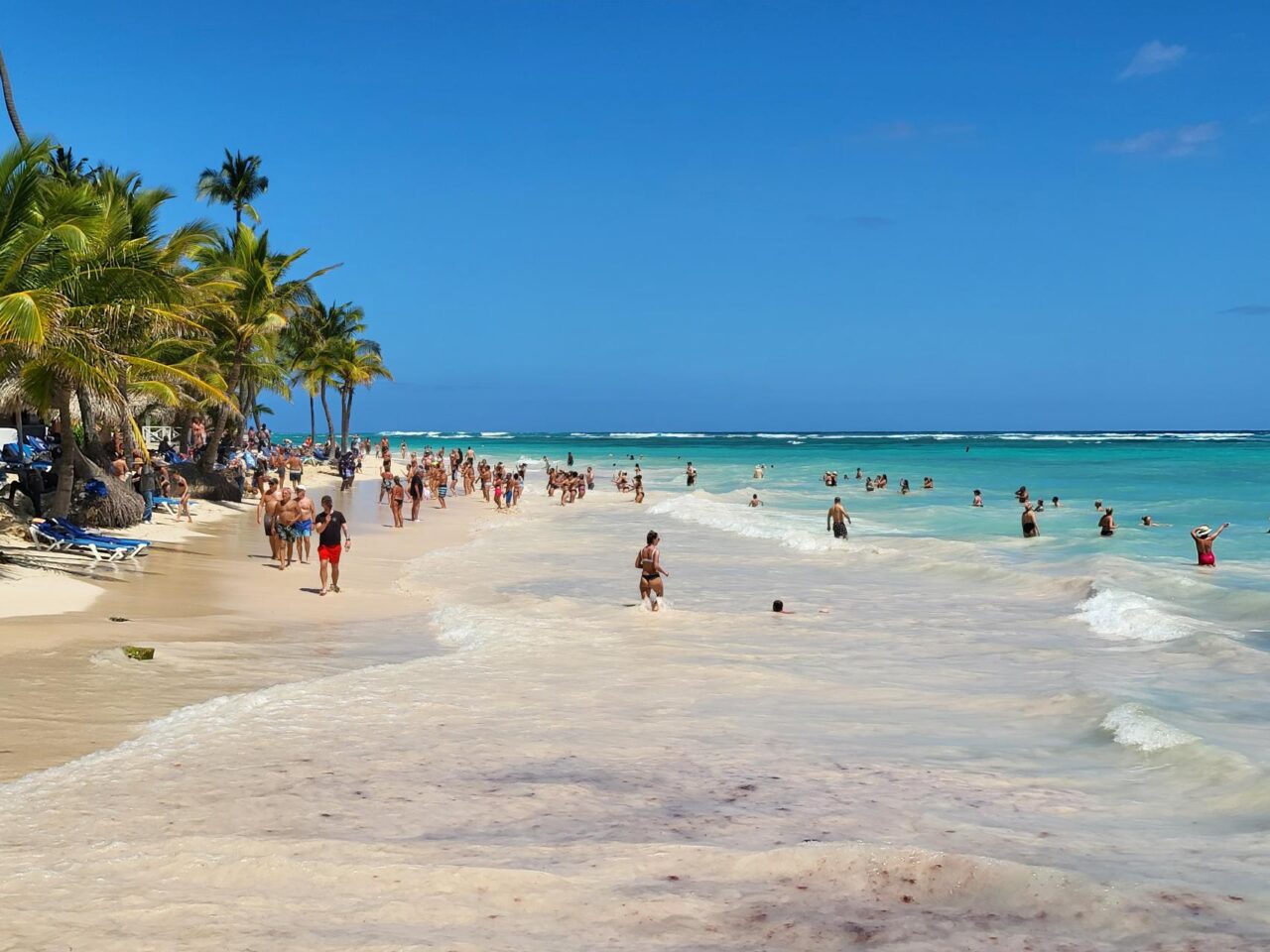
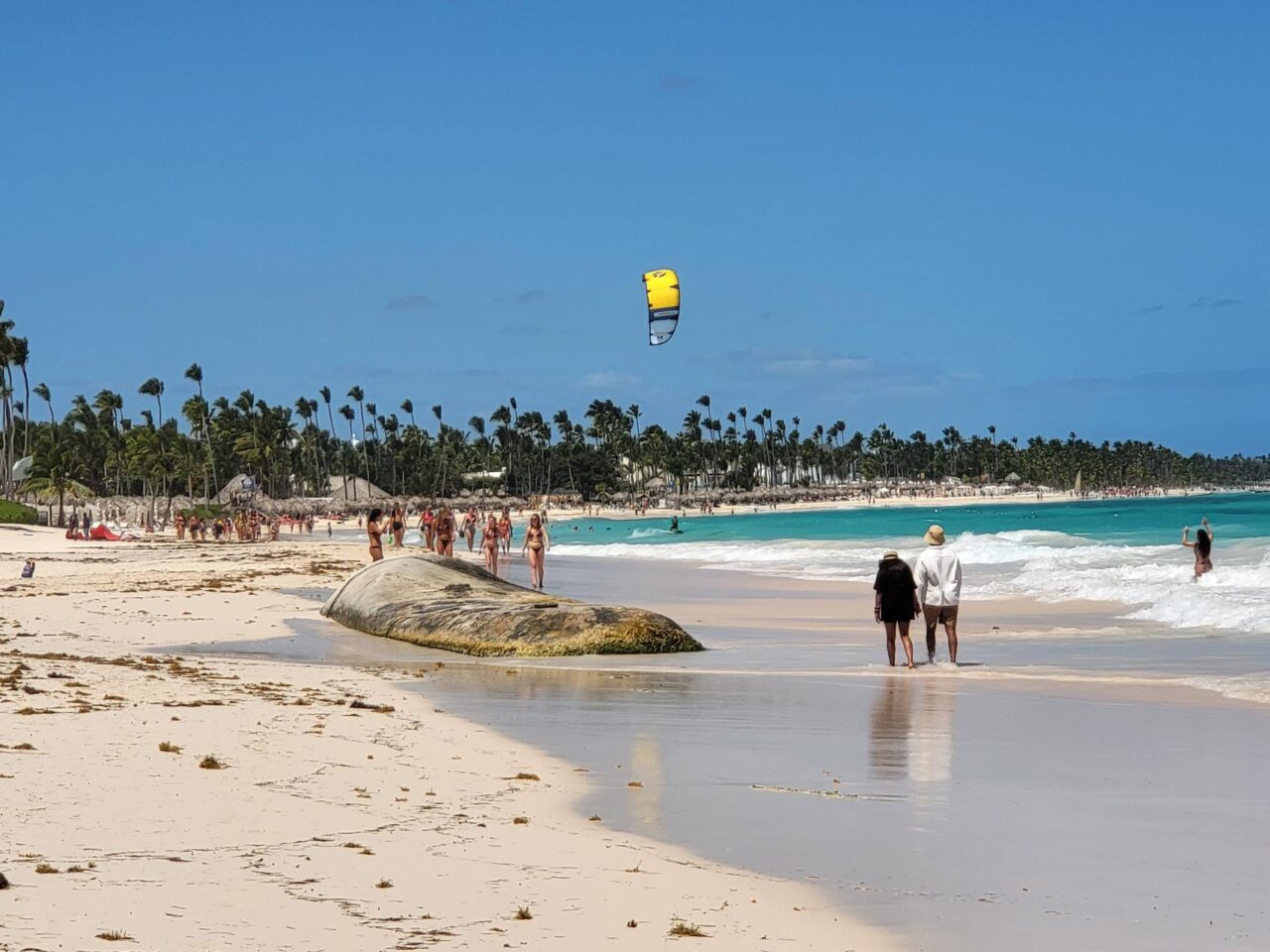


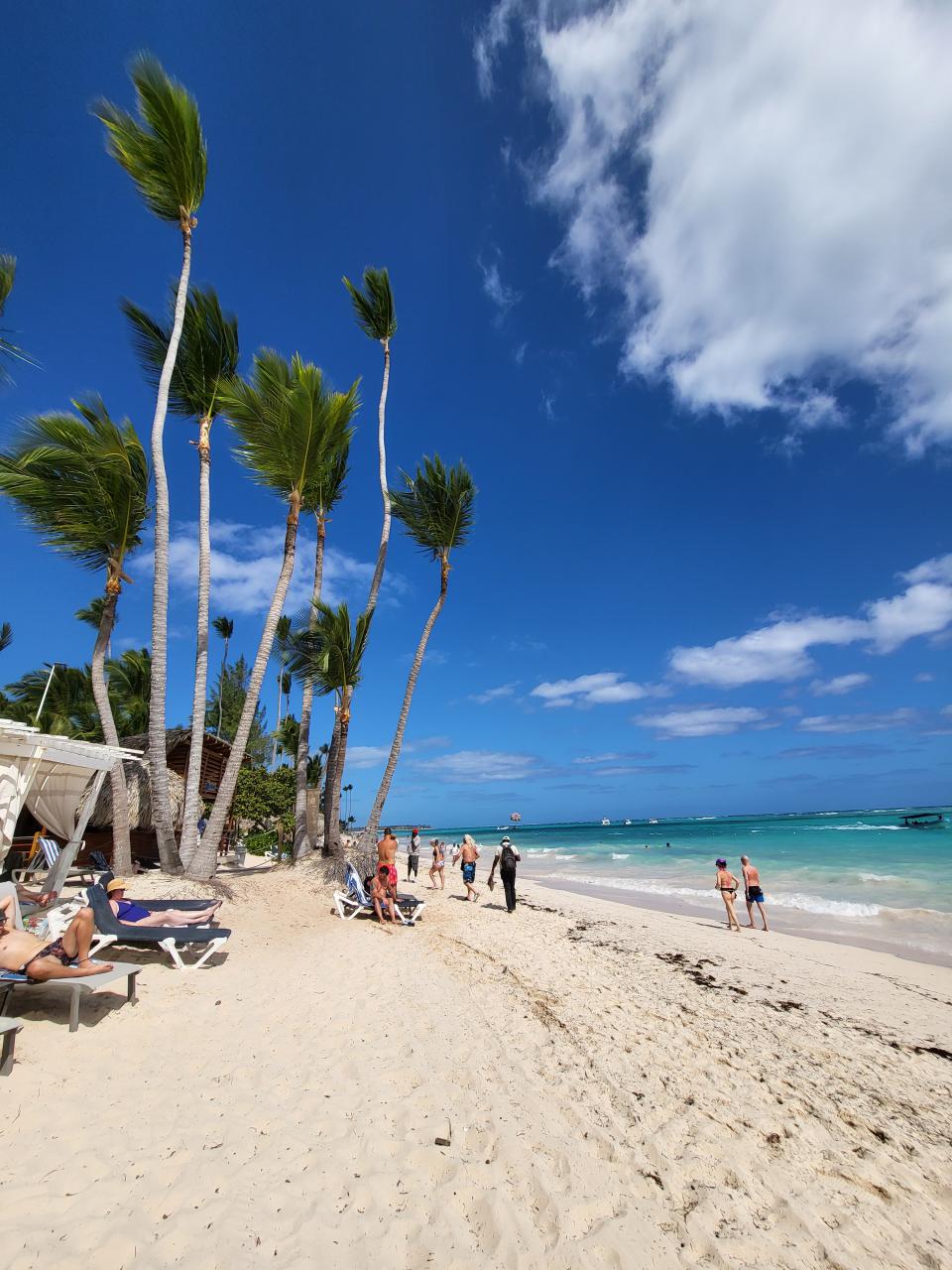
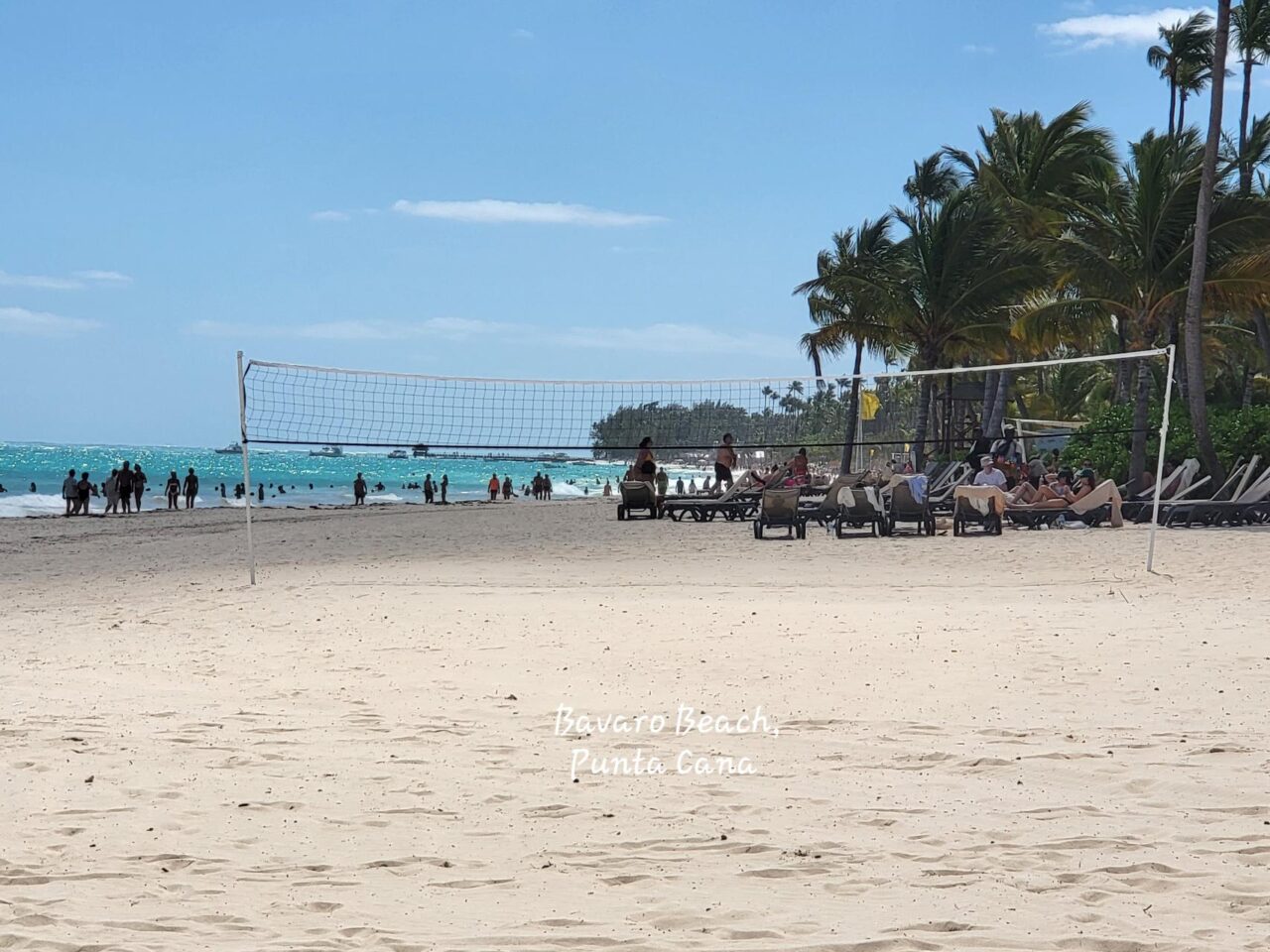
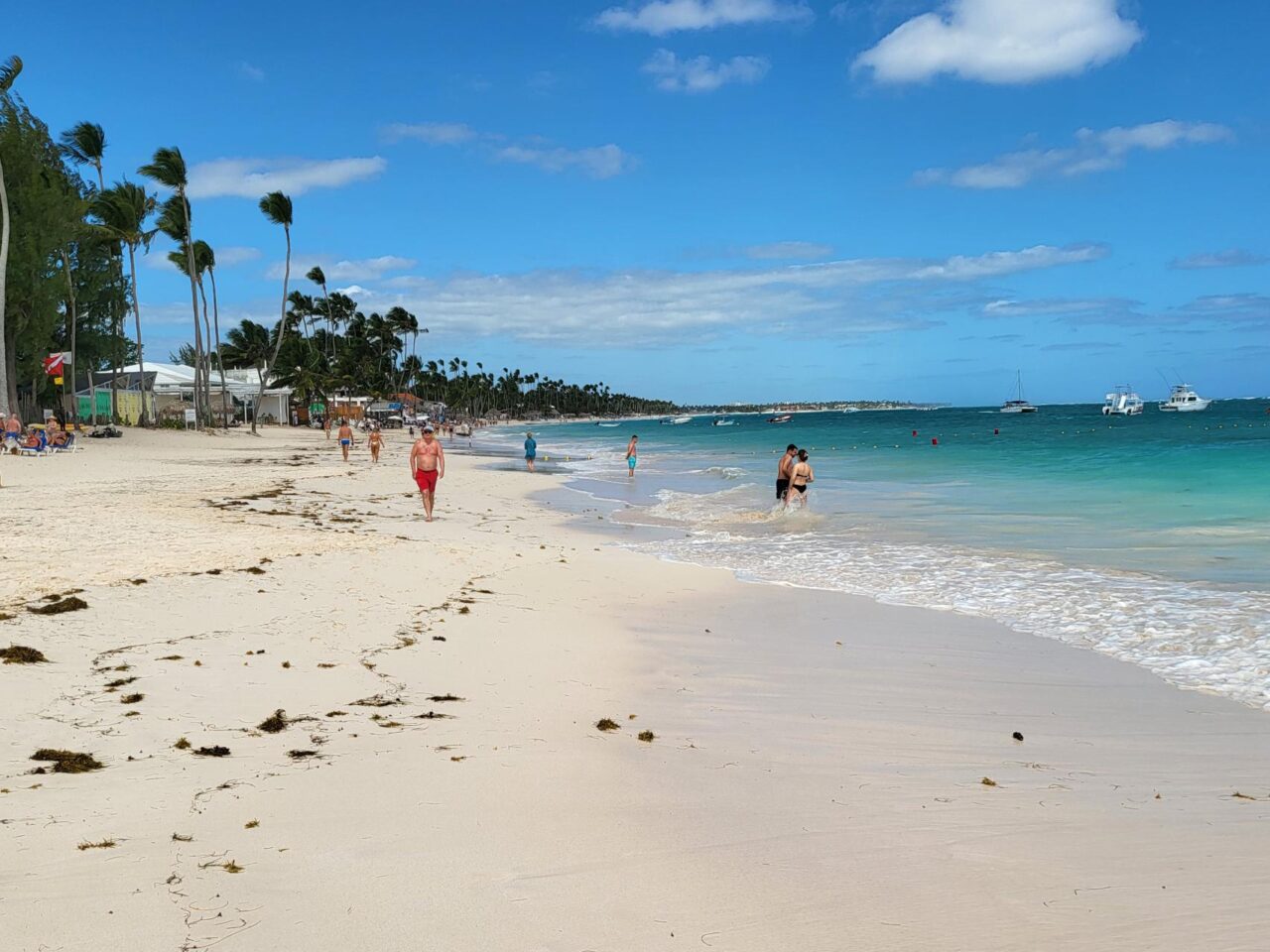
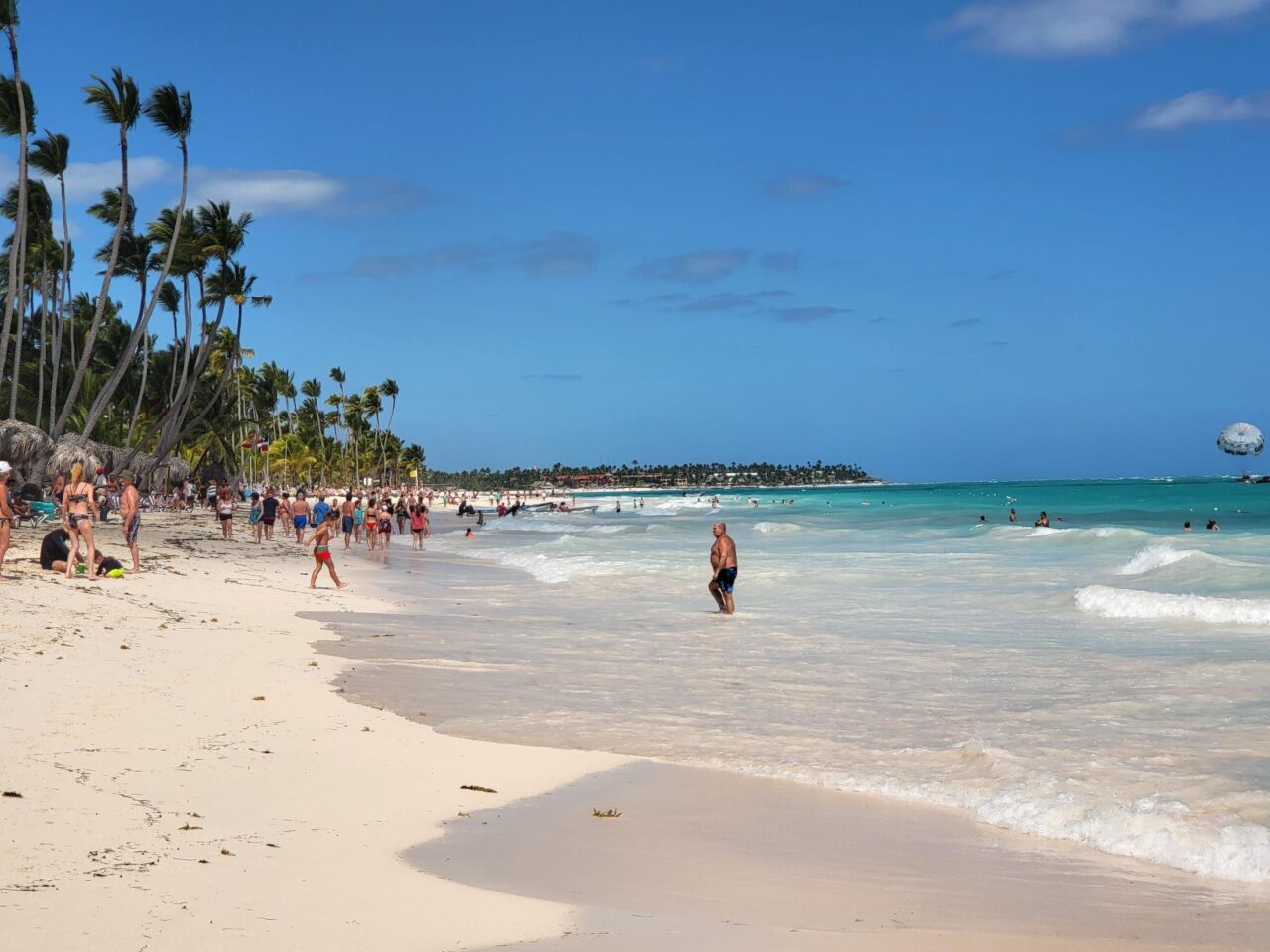
Las Terrenas, Dominican Republic, the Caribbean. Visited on 22-23 March 2025.
From Punta Cana, I took a bus to Santo Domingo for a few days, before continuing to Les Terranas in search of more beaches. I wanted to see what they have to offer.
Las Terranas, a place the locals happily share with visitors – the town looks surprisingly mixed, with locals and foreigners. Quad bikes reign supreme here. Young and the not-so-young, all restless, ride them across towns and beaches, roaring deafeningly. People stroll around in shorts and thongs, catching the refreshing tropical breeze.
I started with Ballenas Beach, then Punta Pony Beach, both close to town. The clouds were all over the sky, softening its blue, while the waves roared, exertive and loud.
The following day, I took a bike taxi a few kilometers to Bonita Beach. The sky remained threatening but restrained. The beach did not need the occasion to be gorgeous – even under dull skies, its turquoise hues shone through. Bungalow-type resorts lined the lawns behind the beaches and footpaths. On the beach, locals enjoy the sand and the sea just as much as the tourists.
From Bonita Beach, I walked to Coson Beach. The walk was scenic. On one side, bungalow-style resorts were tucked further inland, looking almost unoccupied, catering to those paying to be left alone to enjoy their privacy by the sea. No high-rise hotels blocked the sun; only the coconut palms provided shades – more curvaceous, alive, and looking best against an immaculate blue sky. Lying across the beach were the lifeless bodies of fallen palms, finally succumbing. But today, the breeze hardly ruffled anything, though the waves continued to roar. Take off the thongs, as though on sacred ground, to enjoy the sand.
Music boomed from passing cars with their windows down, from restaurants, from houses. It was loud and fast-tempo, urged on by African drum beats that raced faster than galloping horses. They want you to swing with them.
Alcohol, beaches, and music – it is a playground of happiness.

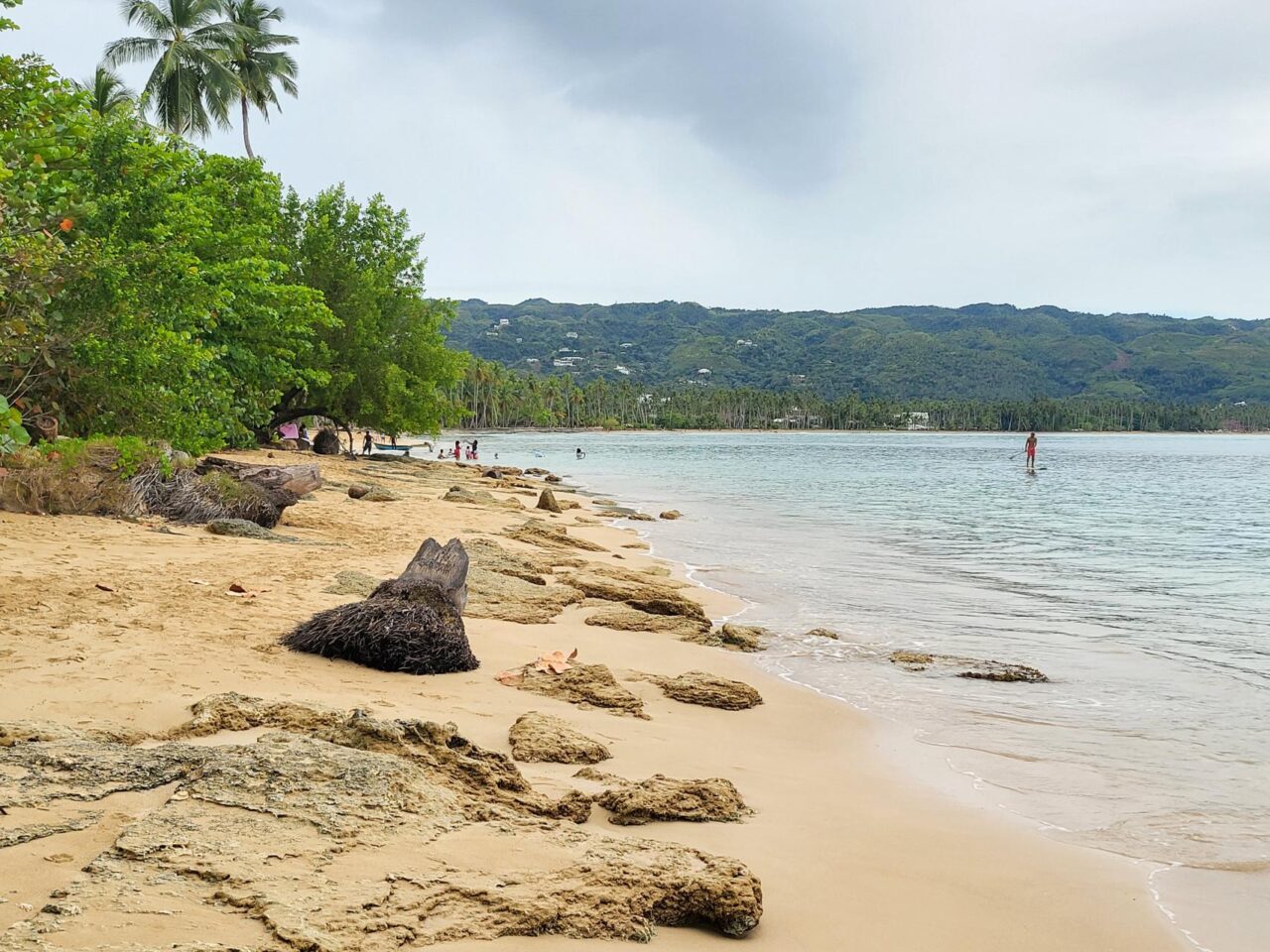
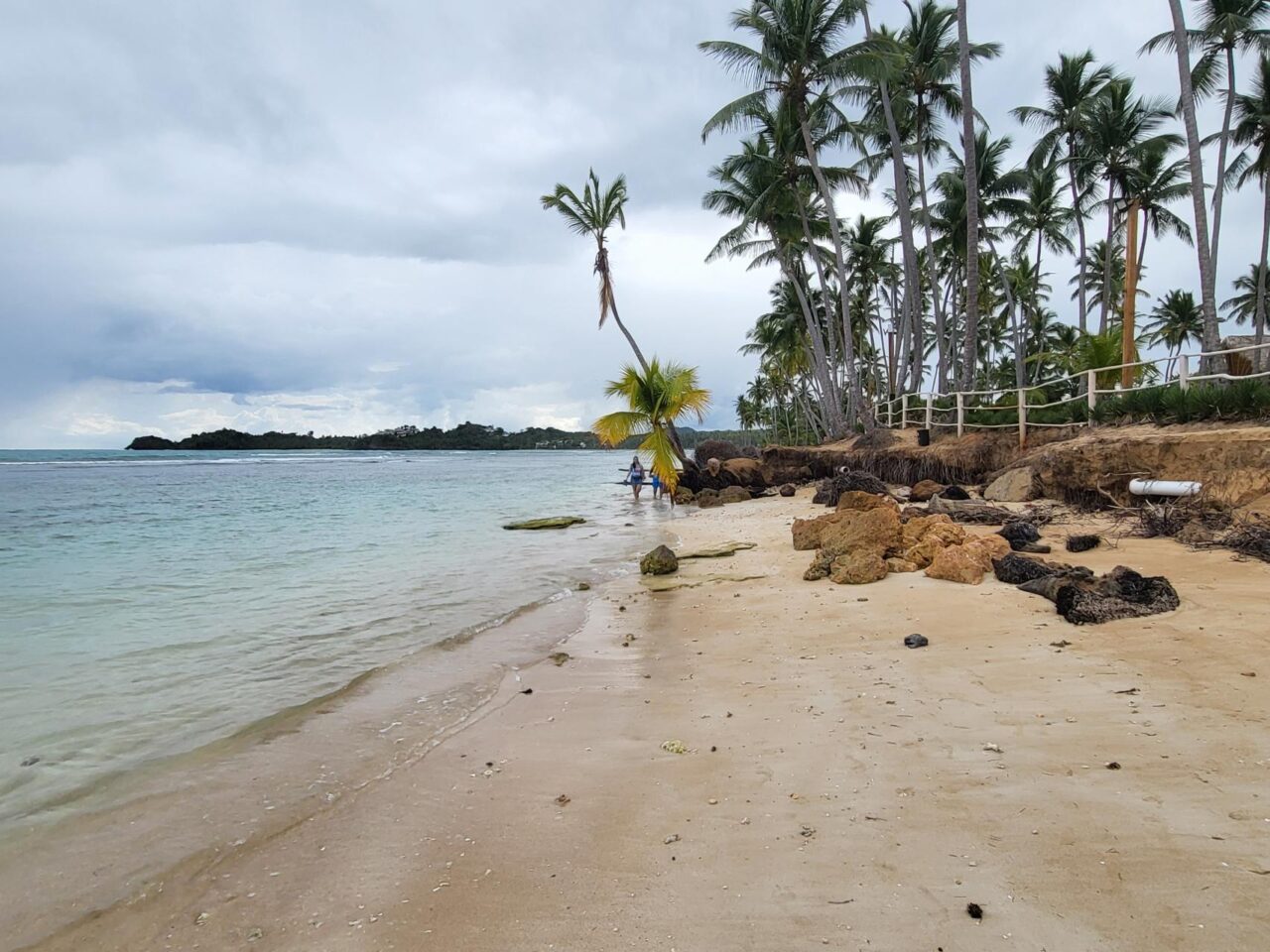
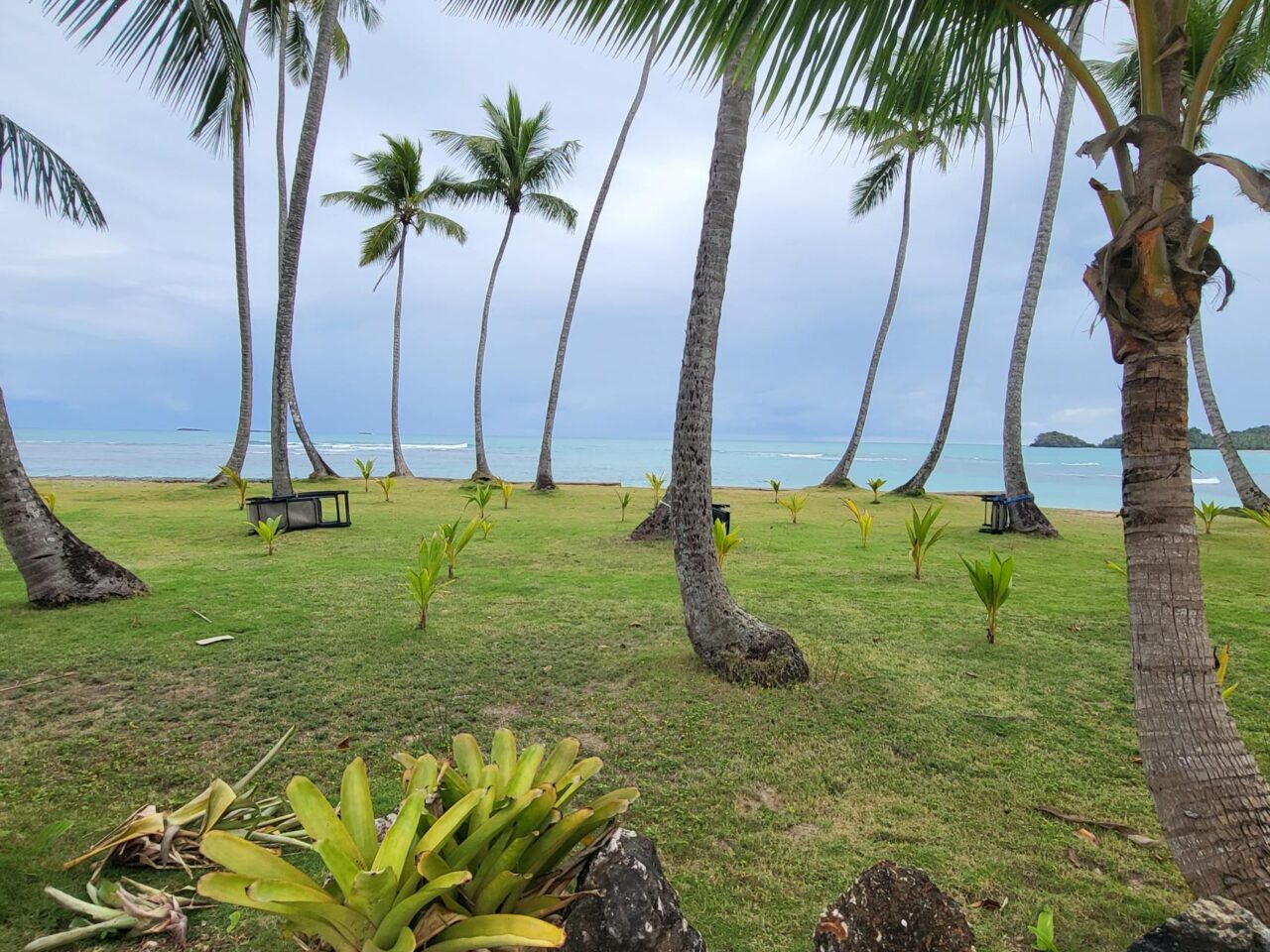
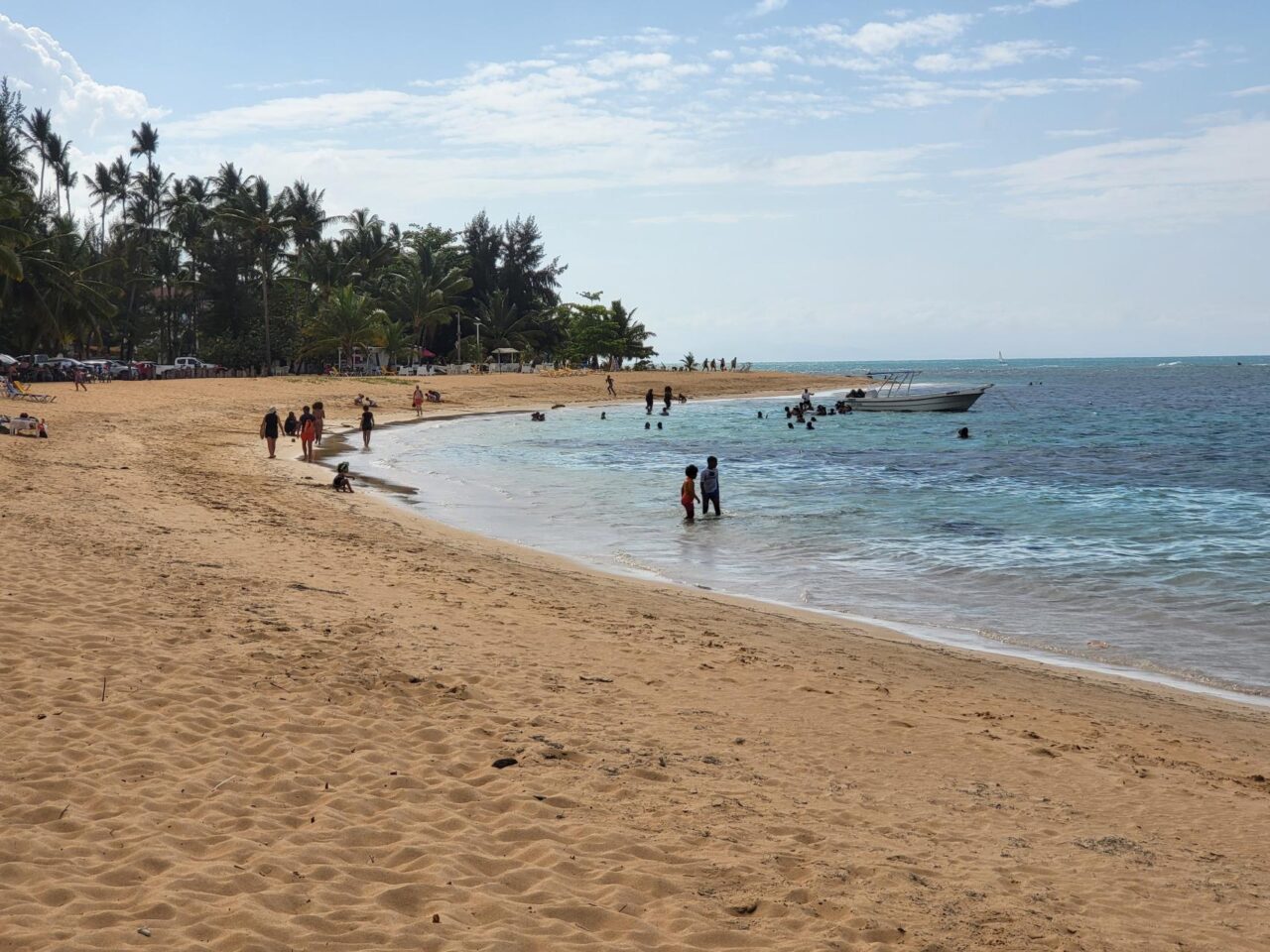
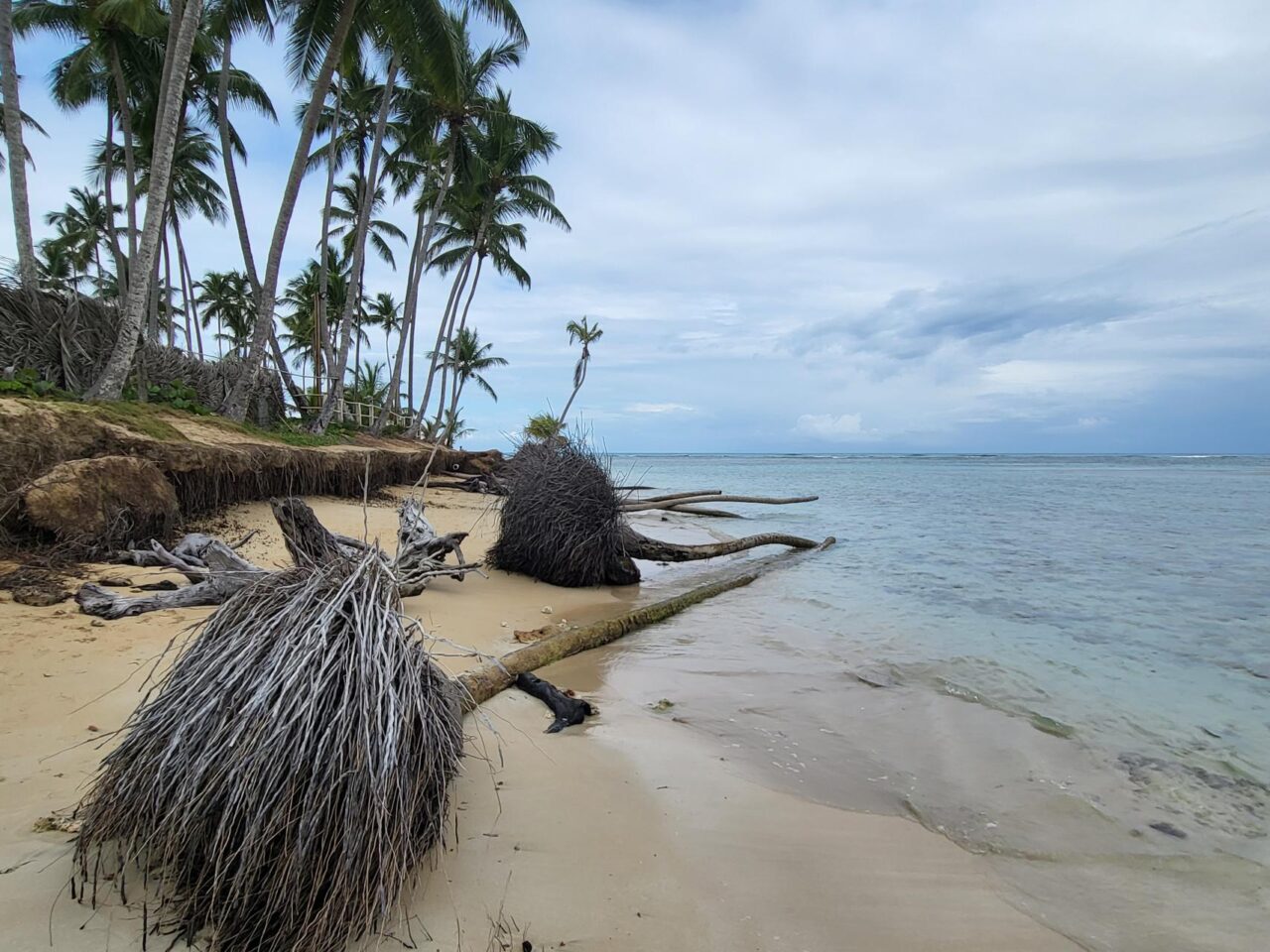

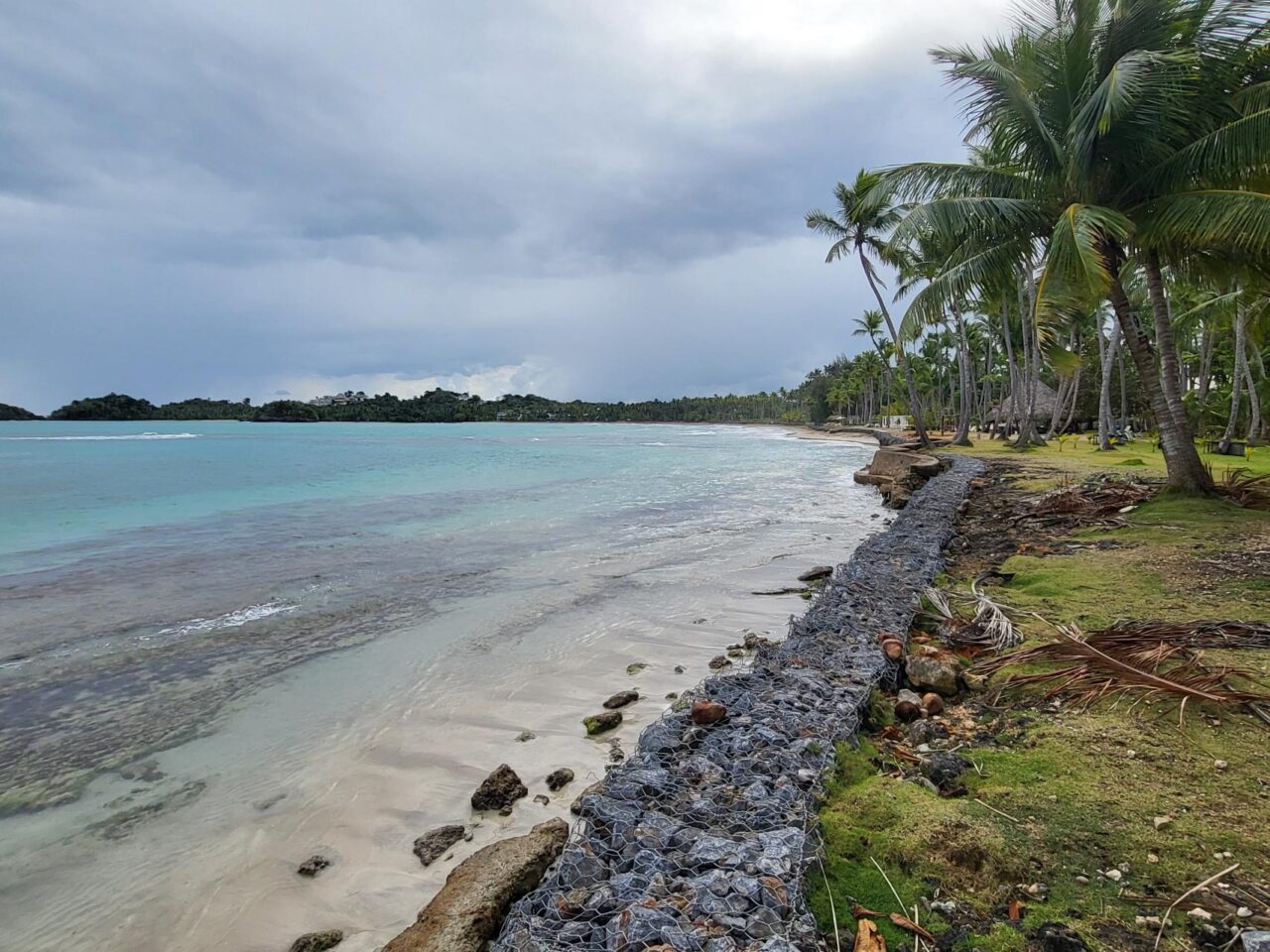
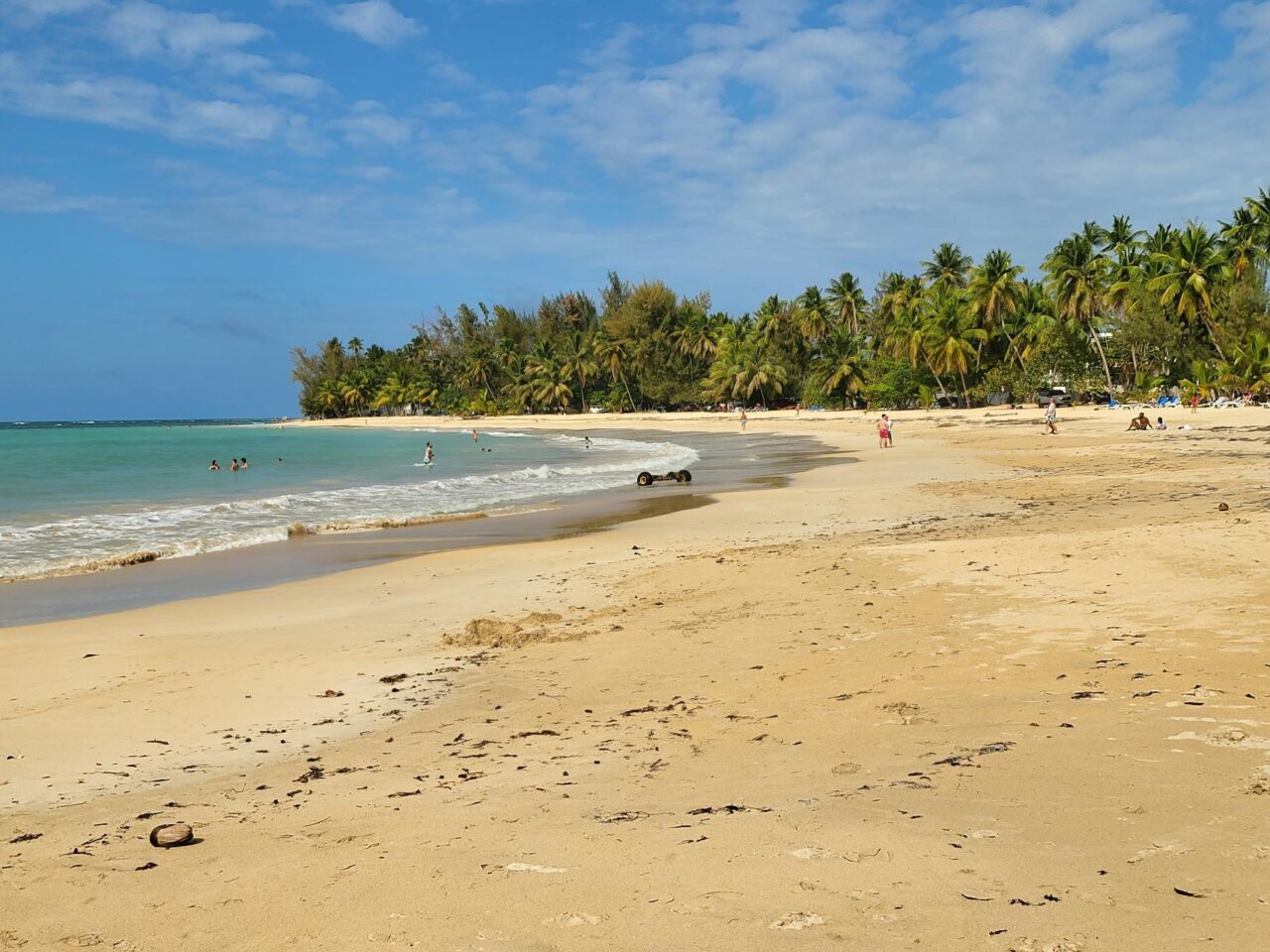

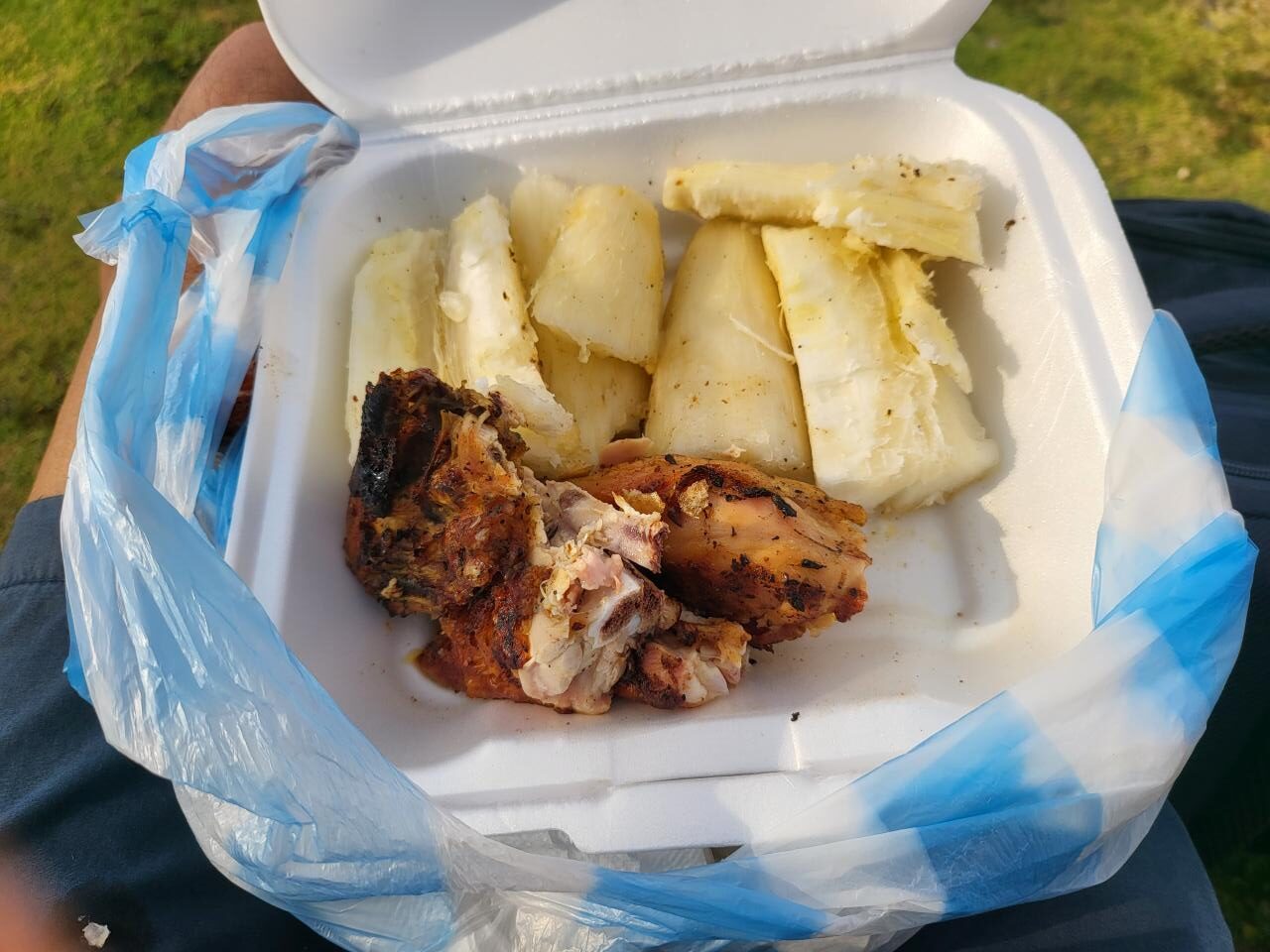
Santo Domingo, Dominican Republic, the Caribbean. Visited on 20-21, 24-26 March 2025. Stop 3.
From Punta Cana, I traveled to Santo Domingo, then onward to Las Terrenas before returning to Santo Domingo for my flight out.
The Colonial Zone, the historical heart, is a World Heritage Site dating back to the 16th century – the Americas’ oldest European-established district. Houses and buildings are one or two stories high, from an older era. The streets are mostly one-way, not built for modern times. Big vehicles are rarely seen. Cars navigate slowly, careful not to peel the paving stones. Nearby flows the Ozama River, with the sea just around the corner, its breeze cooling and refreshing. People still live here normally, yet it is so quiet.
Parque Colon, like the good old square, still gathers the pigeons, children, locals, and tourists alike. A statue of Christopher Columbus stands there, welcoming all who came after him. The Catedral Primada de America, the oldest cathedral in the Americas, draws flocks to its bosom. On Calle Las Damas, the world’s oldest paved street, are the Museum of the Royal Houses, Pantheon of the Fatherland, La Casa de Los Jesuitas, and the old Fort Fortaleza Ozama. Take your time, as in the old days and let the old houses, churches, and buildings reveal themselves.
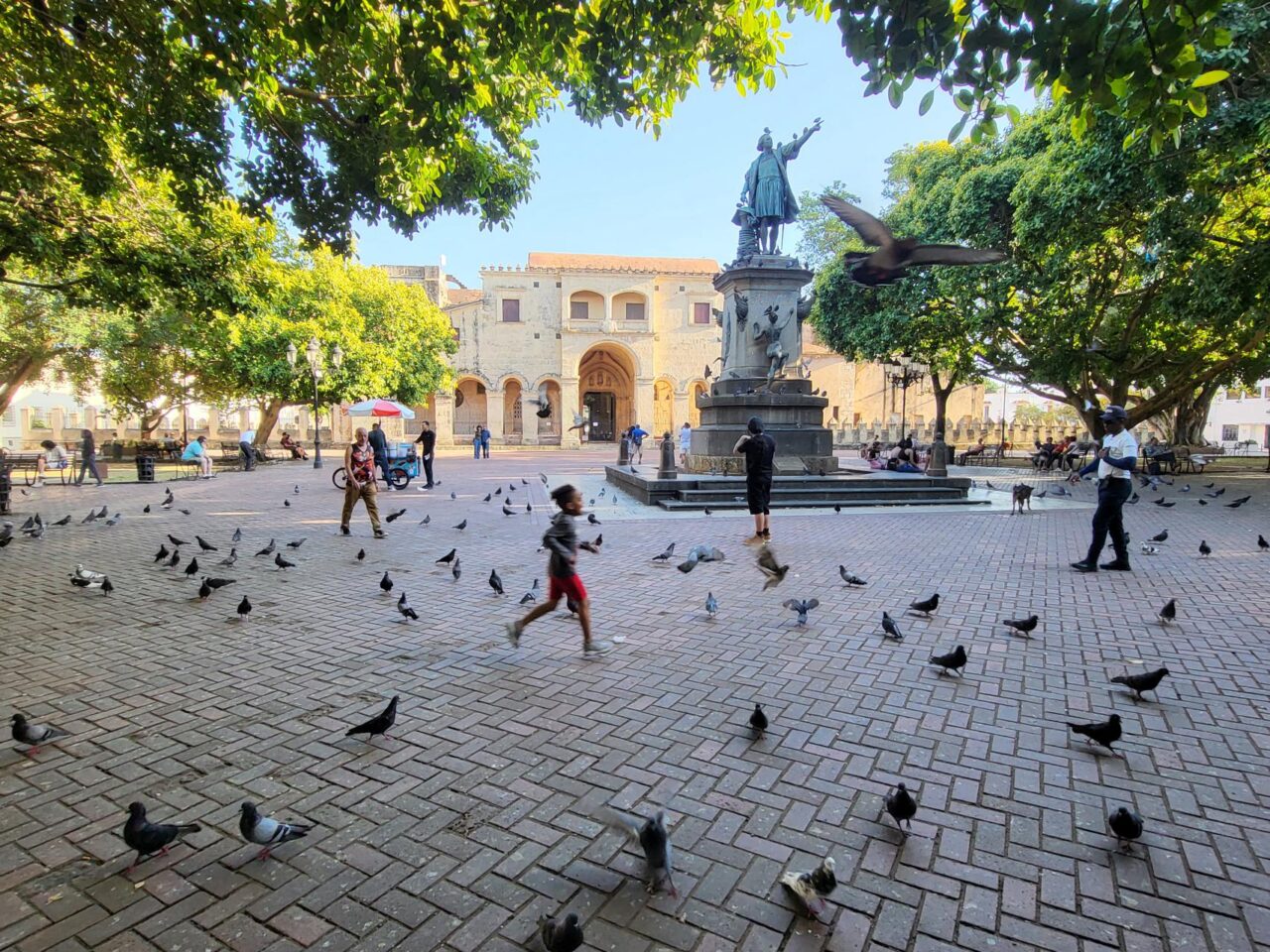
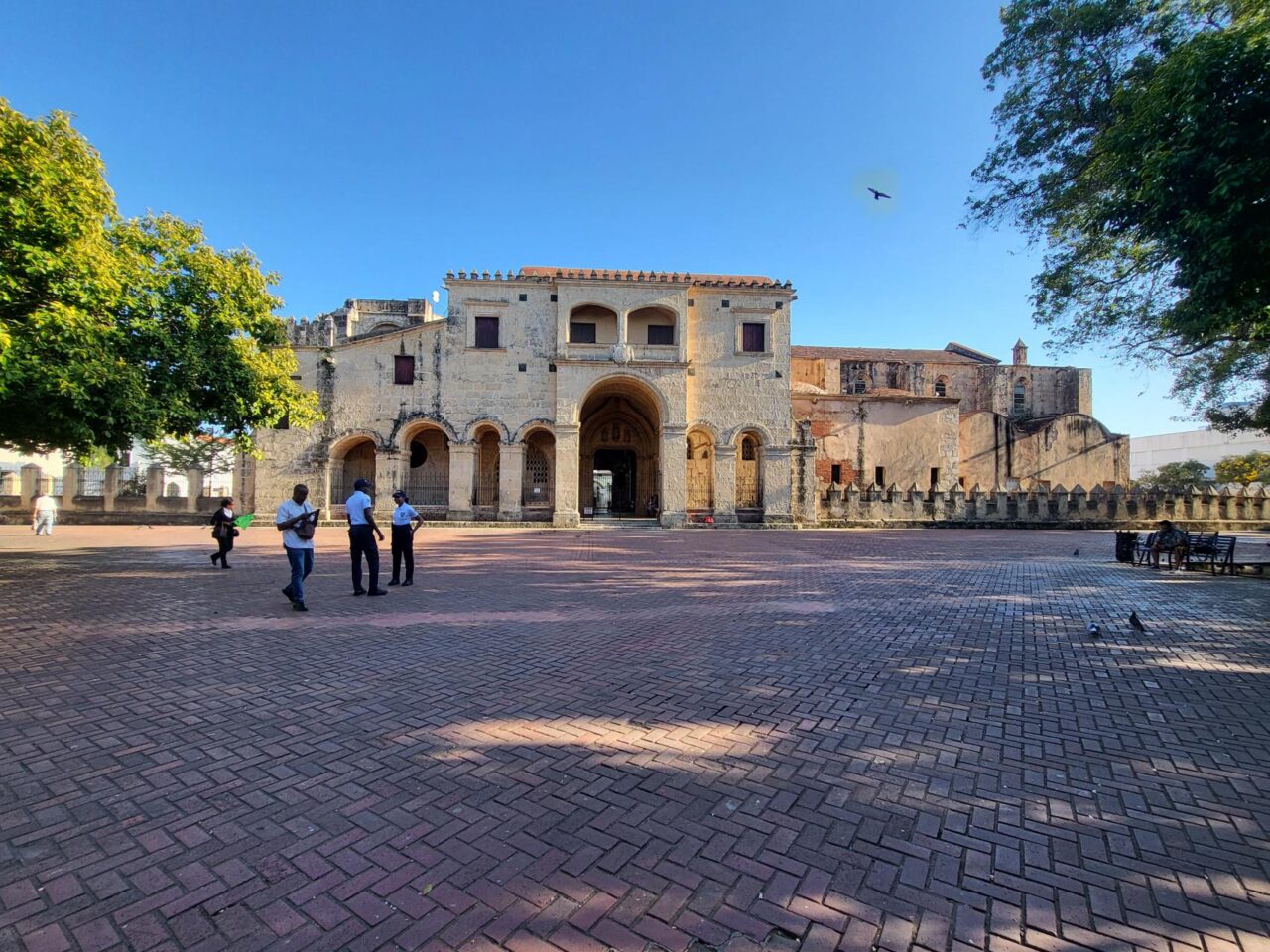
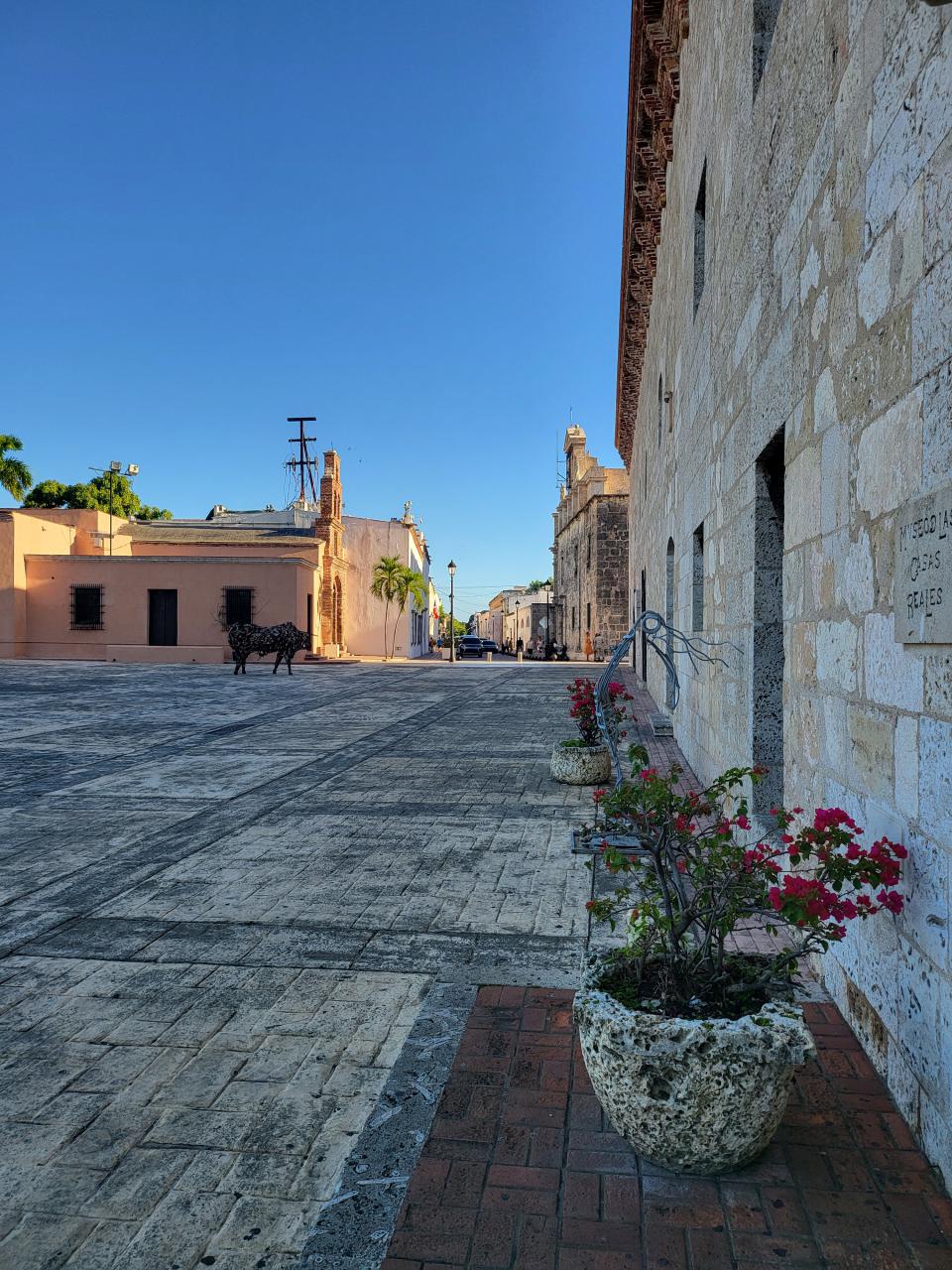
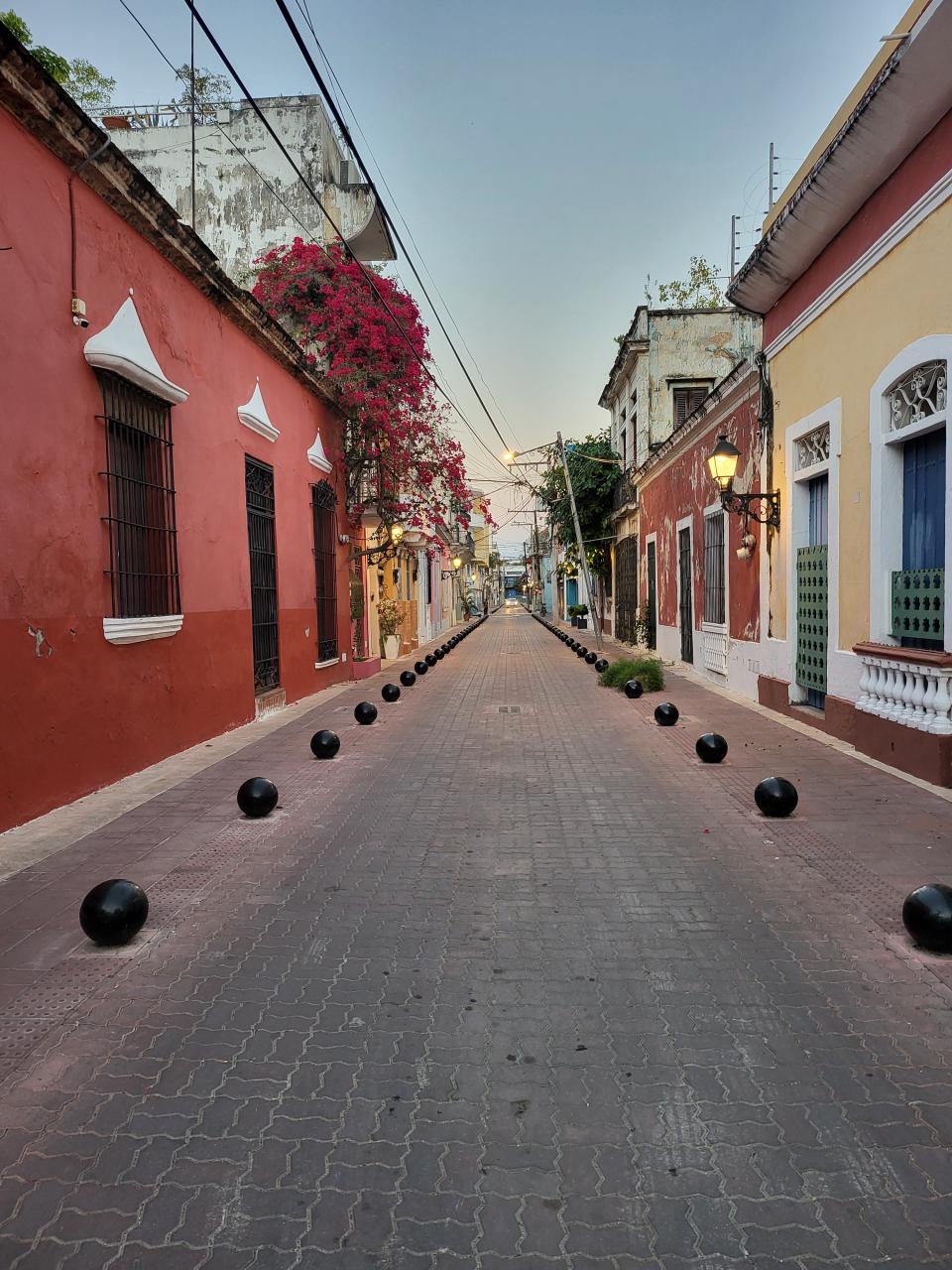
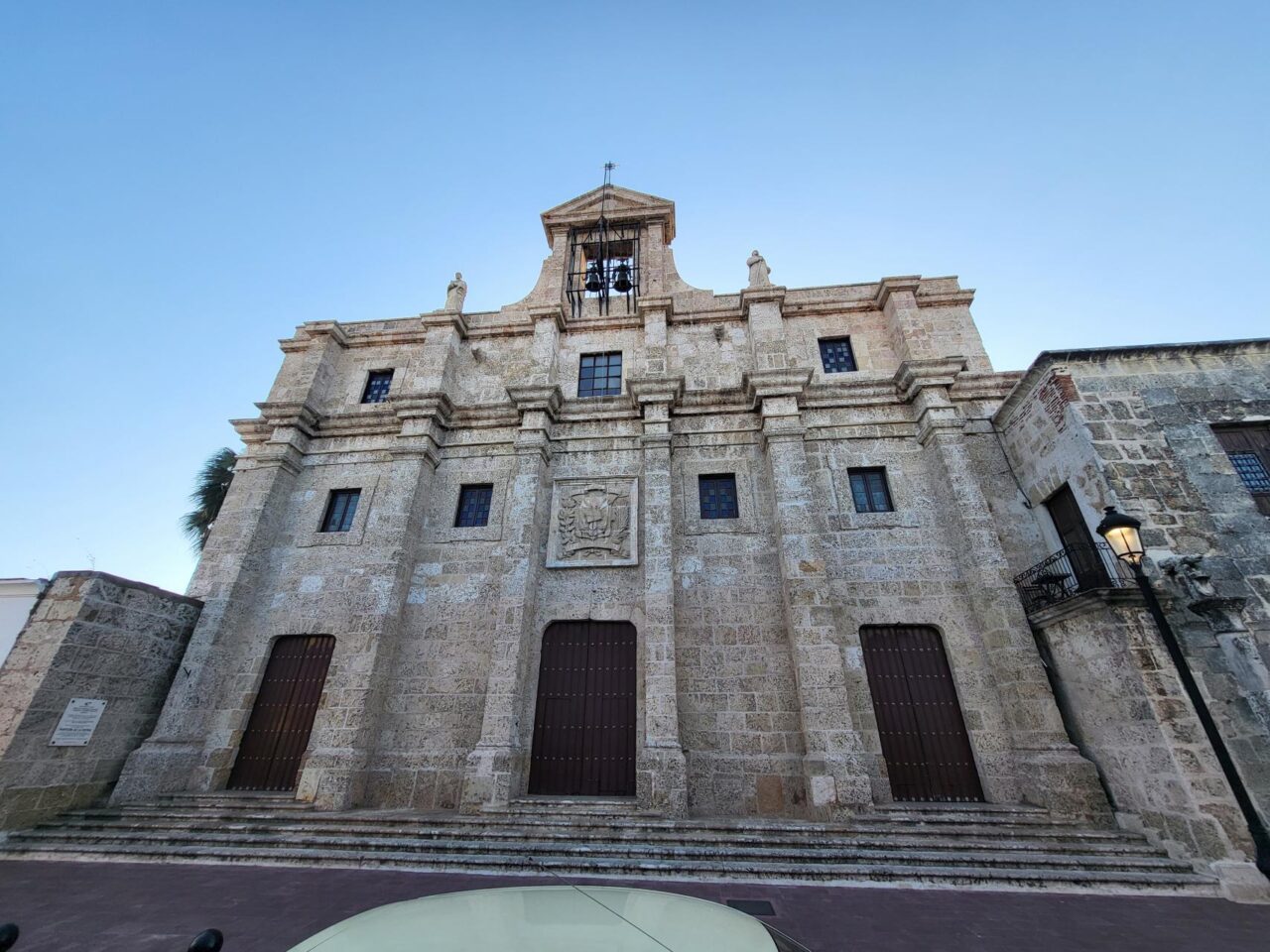

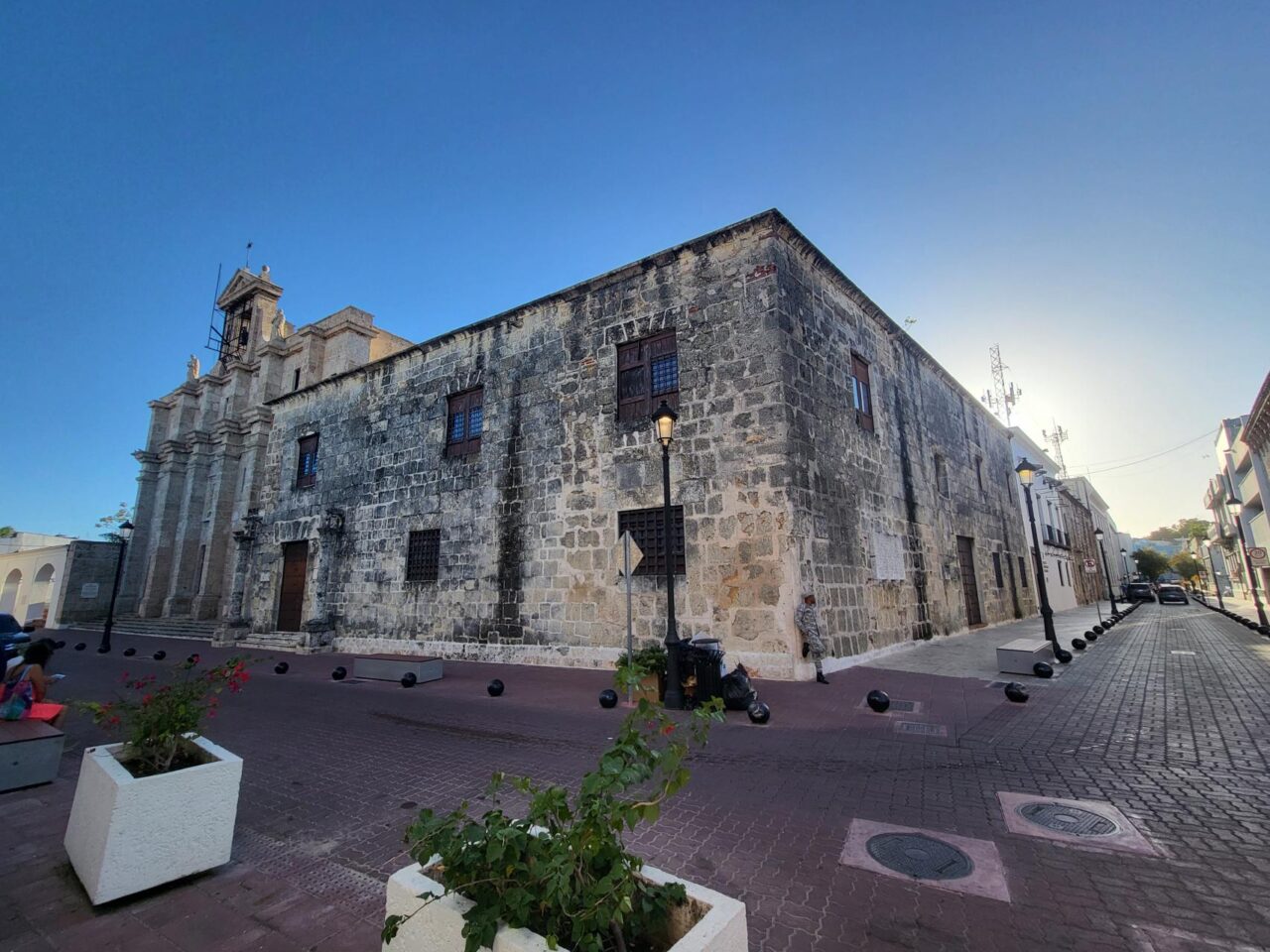
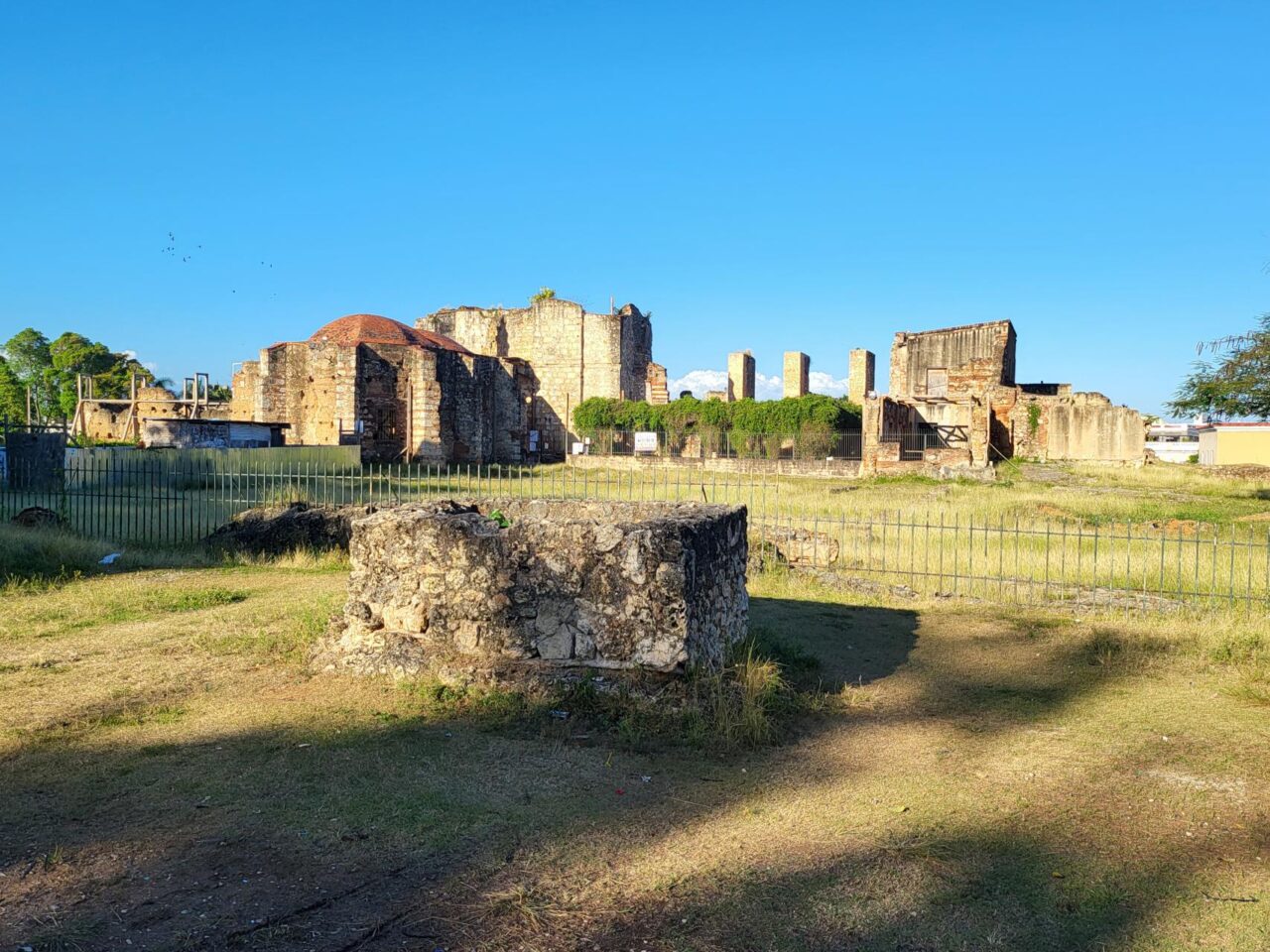
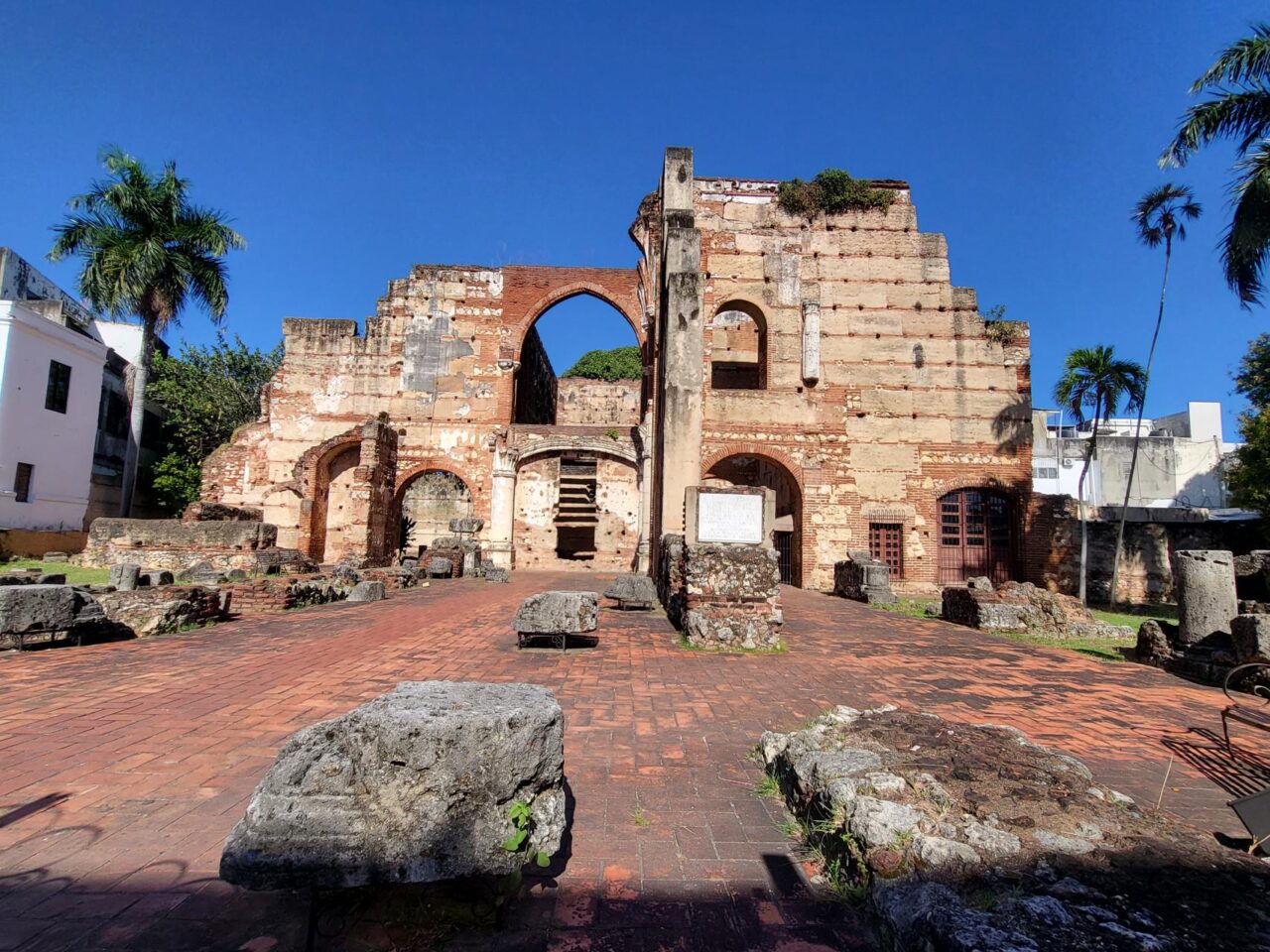
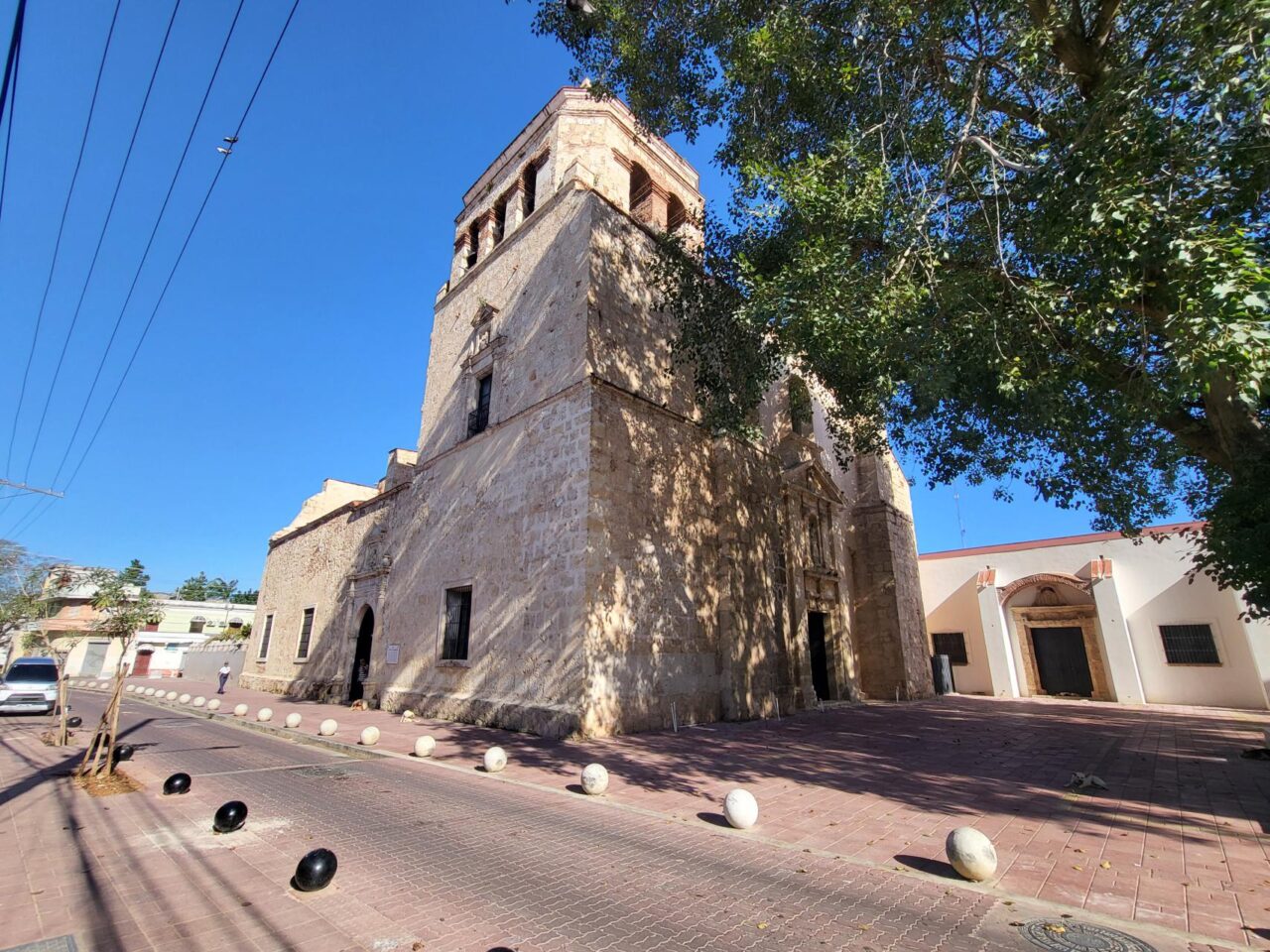

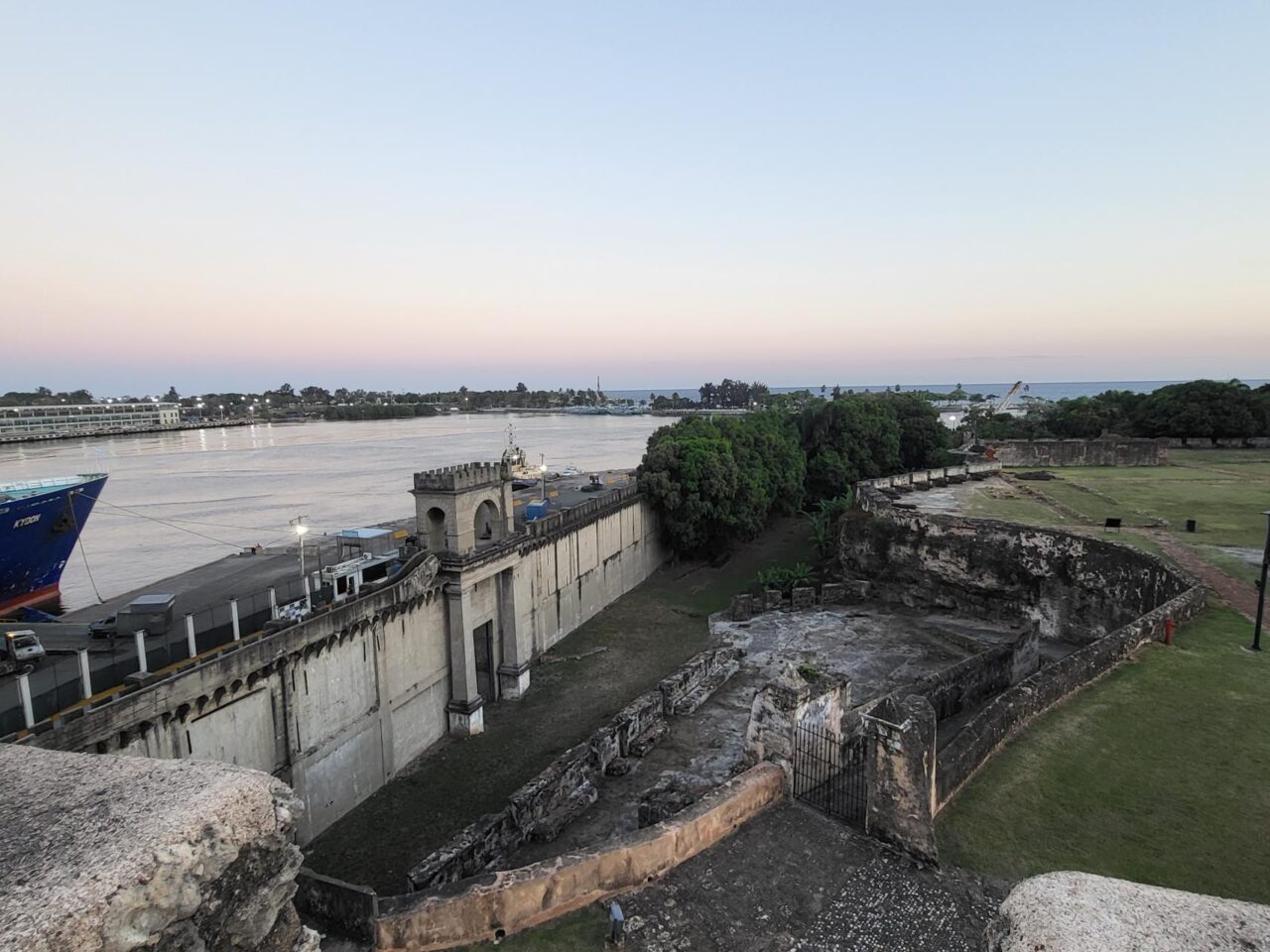
Some days, the sea is charming and seductive; other days, it turns choppy and furious. It lashes the shore, carving deep scars. At times, it climbs the low cliffs. A walk along the Malecon, a promenade stretching for miles, is cleansing.
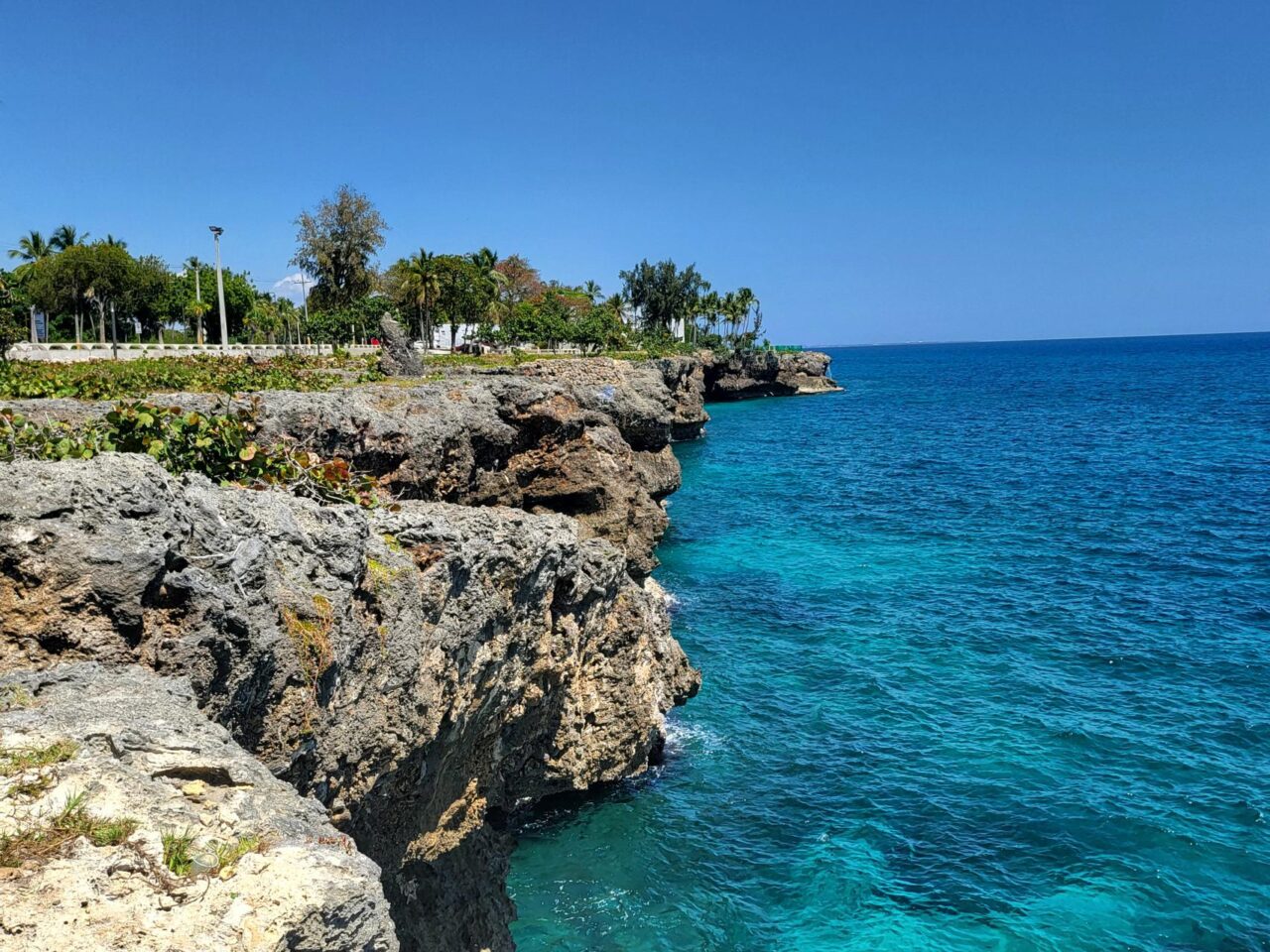
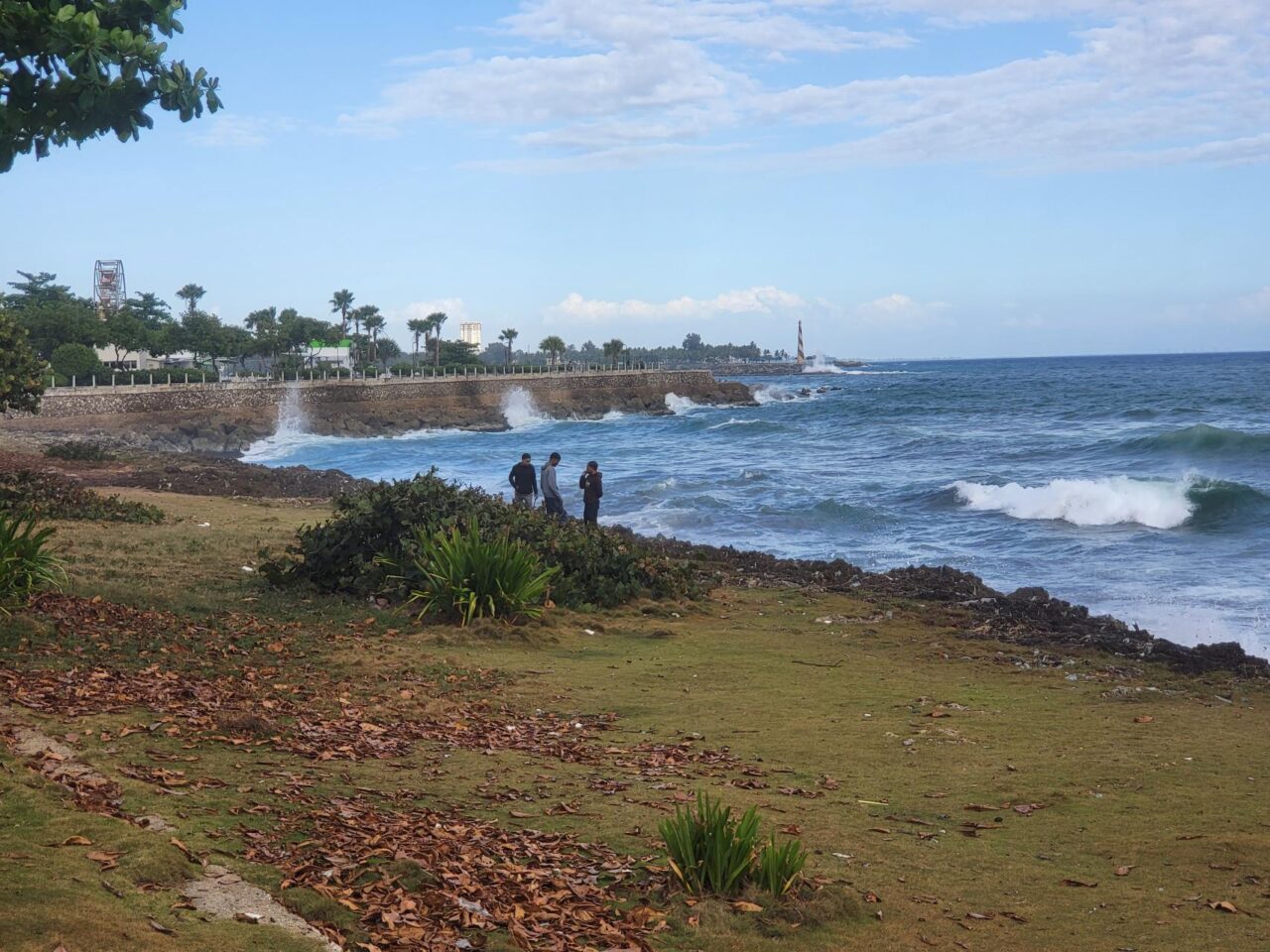

A few km outside the Colonial Zone is Los Tres Ojos, featuring 3 small cave lakes and an outdoor lake with crystal-clear blue and green water. I visited Faro a Colon, a massive concrete monument dedicated to Columbus. On my last day, I visited Centro de los Heroes de Constanza, a hub for government offices, to see modern Santo Domingo.

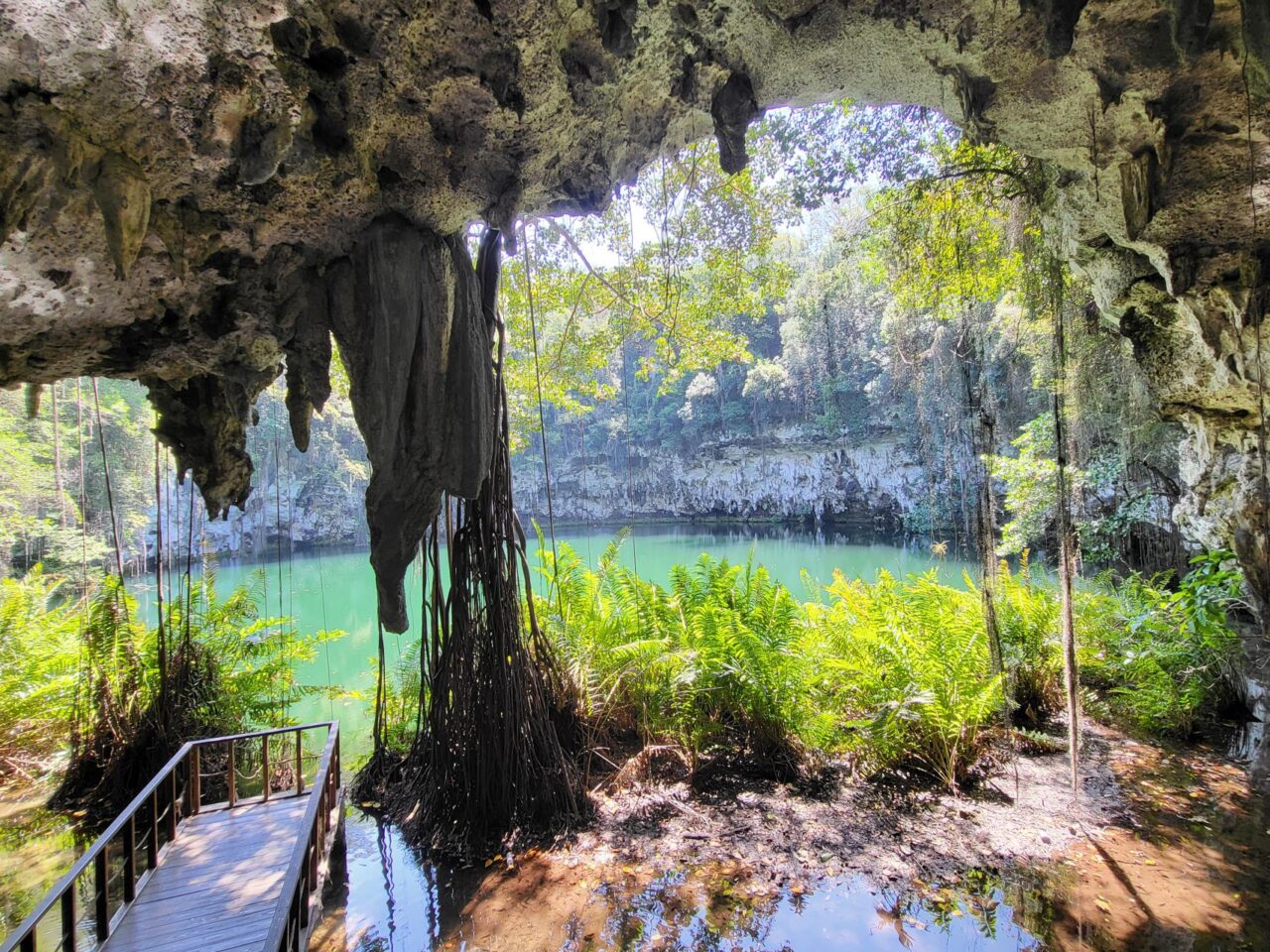


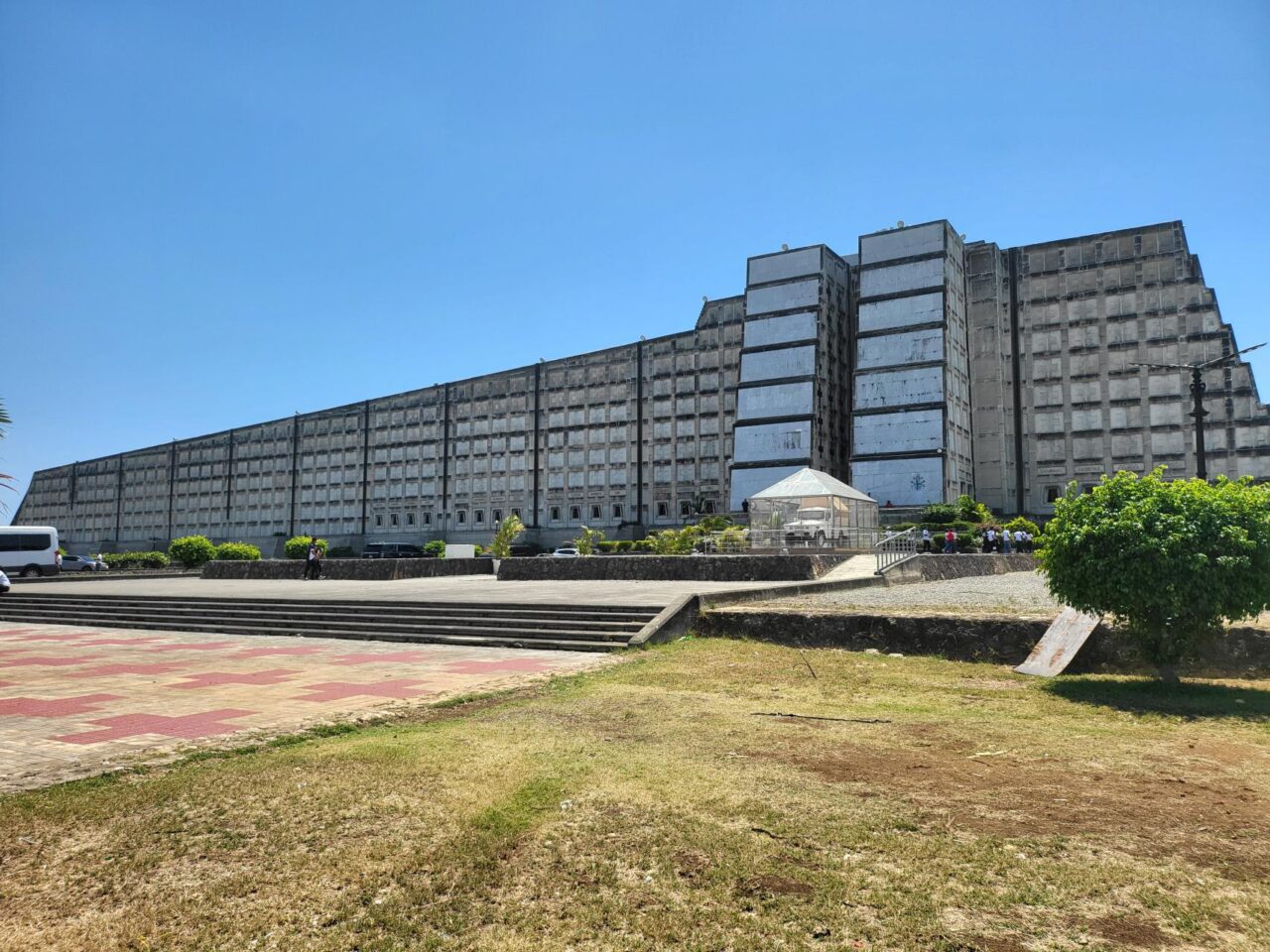
Santo Domingo, where you could wander into old times or take a break along its timeless shoreline. It does not fully transition from its colonial history – it lives in parallel.
Click the link below to go to the next stop:
Click the link below to start from stop 1:
Itinerary for this trip:
Oman Muscat->Dimmah Sinkhole->Wadi Shab->Sur->Ras Al Hadd->Ras Aal Jinz->Al Wasil->Wahid Bani Khalid->Nizwa->Jebel Shams->Iraq Baghdad->Kurdistan Erbil-> Kurdistan Sulaymaniyah->Karbala->Najaf->Babylon->Tunisia Tunis->Sousse->Kairouan->Monastir->El Jem->Carthage->Italy Sicily Palermo->Sicily Syracuse->Sicily Catania->Malta->Madrid->Dominican Republic Punta Cana->Les Terrenas->Santo Domingo->Puerto Rico->Miami

It’s smart to be aware of evolving online gaming platforms – security is key! Seeing innovations like social tournaments (think scatterna app download apk) is interesting, but always prioritize responsible play & research any new site thoroughly. Stay vigilant!
https://shorturl.fm/Vez3u
Hey there! Spicybet4’s alright. Quick registration, simple design – no-frills. If you don’t want bells and whistles, but want a straight-to-the-point betting experience, try Spicybet4! spicybet4
Finally found it Guys! hn88com is a great online platform with easy to use and navigate interface and offers the most impressive and variety of all games. What are you waiting for check it now and experience it! Click here: hn88com
https://shorturl.fm/OJylk
https://shorturl.fm/MVQGZ
Interesting analysis! Seeing how quickly visual content is becoming key – tools like this AI Video Generator could be a game-changer for fast content creation, especially on mobile. Accessibility is huge too!
If you’re after slots, C9TayaSlotLogin is alright. Gets you straight into the fun, with nothing fancy. Have an easy login at c9tayaslotlogin
I have some questions about your services.
https://shorturl.fm/AZRVs
Wow, superb blog layout! How long have you been blogging for? you make blogging look easy. The overall look of your website is fantastic, let alone the content!
https://shorturl.fm/5fioR
That’s a solid analysis of recent race results! Thinking about quick, easy deposits – I saw phww download supports GCash & PayMaya, which is super convenient for betting on the go. Good stuff!
https://shorturl.fm/4wDPi
https://shorturl.fm/lwdIn
https://shorturl.fm/3qK50